Humidity, the hidden enemy in your kitchen can destroy the freshness and longevity of your food. High humidity levels in the air boost damage, foster mold growth and trade off the quality of your food. Thus, how do you protect food from humidity efficiently? Fear not! The key to maintaining food freshness and avoiding waste is the correct storage methods. Also, utilizing equipment such as dehumidifiers and moisture absorbers. Today’s comprehensive guide, will look into how humidity affects food, and explore practical strategies to guard your pantry, refrigerator, and storage areas. Even if you are stocking dry goods, sensitive, or even seasonal fruits and vegetables, managing humidity is the answer. Let’s focus on the methods that keep your food fresh and your kitchen free from decomposition.
What Happens to Food in Humid Conditions?
Humidity, the calculation of dampness in the air, can notably affect the shelf life and quality of your food. How do high humidity levels destroy your stored food? When humidity levels are high, food articles are more open to:
Mold and Bacteria Growth: Dampness in the air generates the ideal breeding place for bacteria and mold. This can pave the way to evident damage, bad smells, and foodborne sickness.
Texture and Flavor Changes: Foods such as chips, crackers, and cereals soak up humidity, becoming dead and losing their crispness. On the other hand, perishable items like bread might turn too soft or pulpy.
Risk of Contamination: When you stock food in humid climates, it raises the possibility of decay, particularly for dried goods or grains. Pests such as weevils grow in damp situations, further compromising your food stores.
Your grasp of how humidity impacts food is the very first step toward preventing damage. Address these issues to make sure your pantry and refrigerator remain organized and your food stays edible.
How Do You Protect Food from Humidity?
Safeguarding food from humidity demands calculated ways to prevent food contamination. Also, you need practical tools to ensure your storage spaces are dry and your food fresh. Below are proven methods for storing food in humid climates while avoiding decay.
Keep Your Pantry Dry
A dry pantry is necessary for storing food in humid climates. High humidity fosters mold buildup and gives in dry products. For instance, sugar, flour, and grains. So, to maintain your pantry moisture-free, invest in a dehumidifier made for small areas to lower extra dampness in the air. Always, clean pantry shelves routinely to eliminate any moisture or condensation. Also, do not store food items directly on the floor to reduce exposure to humidity. A properly preserved pantry saves against decay and makes sure your food stays fresh and safe for use.
Use Airtight Containers
To keep humidity out of your stored food the key is the utilization of airtight containers. Airtight containers are an easy yet practical way for moisture management. They develop a barrier against damp air as it prevents air and humidity from getting in. This is how it keeps your food dry and fresh. Therefore, save grains, snacks, and baking elements in airtight containers to avoid humidity consumption. Select the finest containers with secure seals to save your food from excessive moisture and pests.
Additionally, name your containers to follow contents and avoid unwanted display to air. This technique is especially functional when storing food in humid climates. Because it helps avoid decomposition and keep up the natural texture and flavor of your food. While putting aside leftovers like soups, cooked meats, or stews, airtight containers assist in recovering their original flavors and textures. The same goes for delicate products.
Refrigeration and Humidity Control
Refrigerators are critical for protecting sensitives. However, controlling refrigerator humidity levels is no less important. Extra humidity in the fridge can cause decay and mold. Utilize the fridge’s humidity controls to form the correct atmosphere for vegetables and fruits. High-humidity drawers are perfect for leafy greens, while low-humidity drawers function for products such as peppers and apples.
Of course, regular cleaning of the fridge and examining for water accumulation in drawers or shelves is necessary. Also, put a moisture absorber for food storage like silica gel packs in the fridge to control excessive humidity. With the appropriate settings and equipment, you can increase the service life of your decomposable and keep them fresh for longer.

Using Dehumidifiers in Food Storage Areas
The modern world demands modern solutions so, dehumidifiers are an integral device for preserving a dry and protected atmosphere for food storage. Excessive humidity causes mold, damage, and foul smells in storage areas. A dehumidifier quickly extracts extra moisture from the air, making optimal conditions for protecting food.
Why choose dehumidifiers for food storage? Dehumidifiers lower the danger of fungal buildup, which can destroy packed foods and bulk foods. For instance, spices, grains, and baking elements. Besides, high humidity can make cardboard boxes and paper labels collapse. A dehumidifier makes sure that your packaging stays unharmed. Drier air drops the damage procedure, keeping your food fresh. AlorAir provides a variety of highly efficient dehumidifiers tailored for small food storage spaces or pantries.
Monitor Humidity Levels Regularly
Frequently observing humidity levels is important to save your food from damage. A hygrometer is an easy device that calculates the humidity in your storage spaces. As a result, it helps you keep up with ideal conditions. What are the ideal humidity levels for food storage? For flour, grains, and spices the optimal humidity levels are 30-50%. Leafy greens like higher humidity (85-95%), while fruits such as peppers and apples prevail in lower humidity (30-40%). Backed products and packed snacks demand 30-40% humidity to prevent spoilage.
Use Moisture Absorbing Agents
A food moisture absorber is a cost-effective and efficient method to save food in humid conditions. Solutions such as activated charcoal, silica gel packets, or devoted moisture absorbers can aid in sustaining dryness in storage spaces. How do moisture absorbers work? Moisture absorbers for food storage draw in humidity from the air, preventing condensation from developing on food packaging. By lowering humidity, they save food from damage and sustain flavor and texture. For mass storage or sealed containers, set moisture absorbers together with dry goods such as spices or grains for peak efficiency.
Seal Entry Points
Usually, humidity enters through exposed doors, windows, and cracks in walls. So, making sure your storage area is airtight is a necessity to keep food protected from humidity decay. Follow a few steps to seal your food storage space. First, inspect for any gaps around doors, windows, and walls. Utilize weatherstripping. Seal windows and doors to stop damp air from getting in. That said, fill tiny cracks around vents or in walls. Securing access points functions mutually with dehumidifiers to give increased protection for food storage.
Keep Optimal Storage Conditions
Temperature changes can add to humidity formation, causing dampness and precipitation in your stored food. So, maintain a proper temperature and humidity level in storage areas. This is to make sure that food remains fresh for as long as possible. For optimal storage, keep dry goods far from walls where precipitation may thrive. Also, seek 50-70°F, depending on the kind of food. For areas open to high humidity, a powerful dehumidifier is a reliable solution.
Alternative Humidity Control Solutions
On top of food moisture absorbers and dehumidifiers, there are other formulas to manage humidity in food storage spaces. You can install ventilation fans to enhance air circulation and lower moisture formation. Try natural remedies. Utilize rice or salt as DIY moisture absorbers in confined areas. Furthermore, humidity-controlled storage boxes are best for protecting particular foods such as baked goods and fruits.
Conclusion
Preserving your food from humidity is necessary to avoid decomposition, keep freshness, and lower debris. From using dehumidifiers to sealing entry points and adding moisture absorbers, there are several techniques to keep your pantry or storage spaces dry and food-protected. So, how do you protect food from humidity? The answer lies in adopting reliable solutions and practical techniques.
Take action now!
Explore AlorAir’s range of dehumidifiers and ensure your food remains fresh and safe in any climate. Visit AlorAir.com today to find the perfect solution for your home or business!






-(1).png)
.jpg)
.jpg)
.jpg)
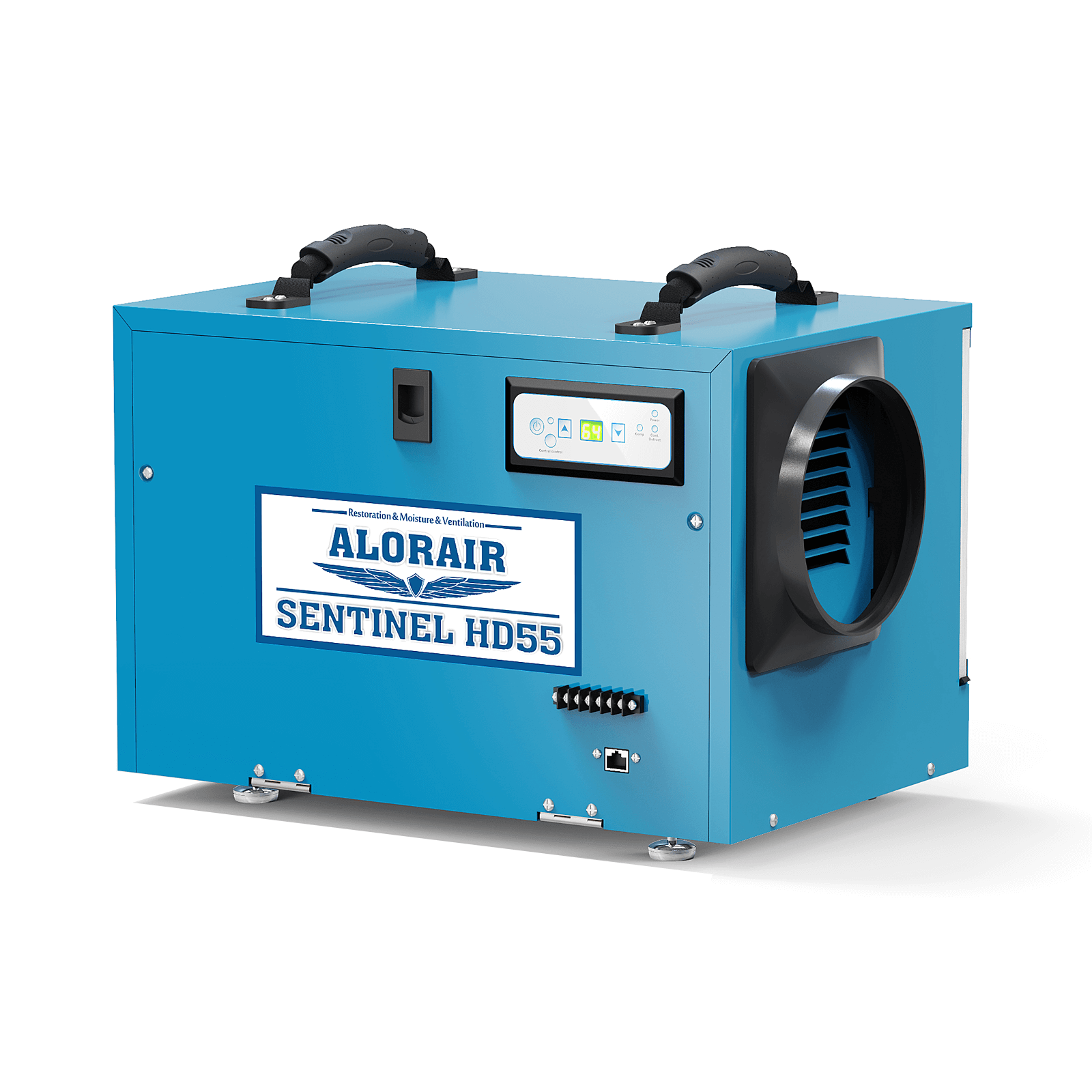
.jpg)
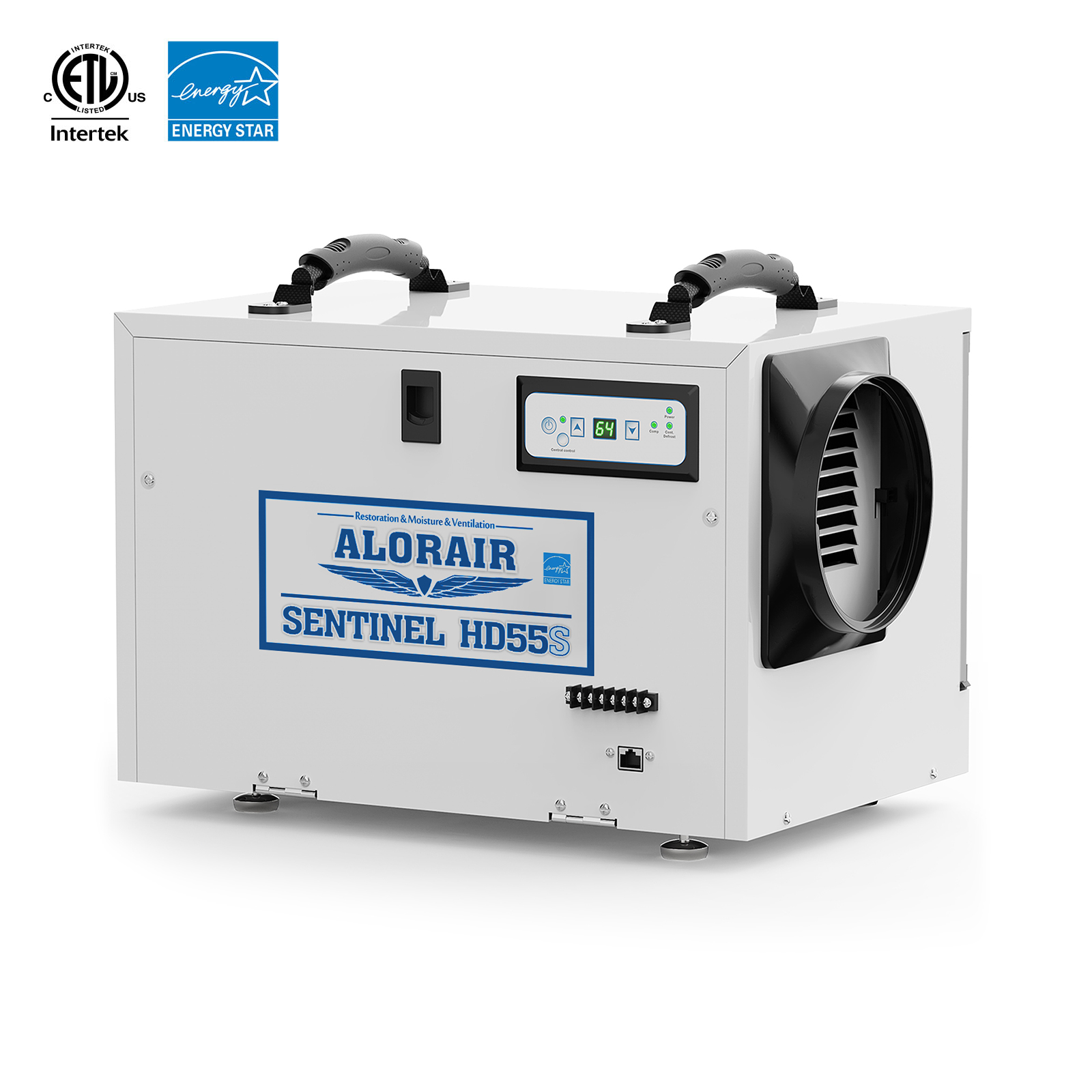
.HDi90.png)
.HD90.png)

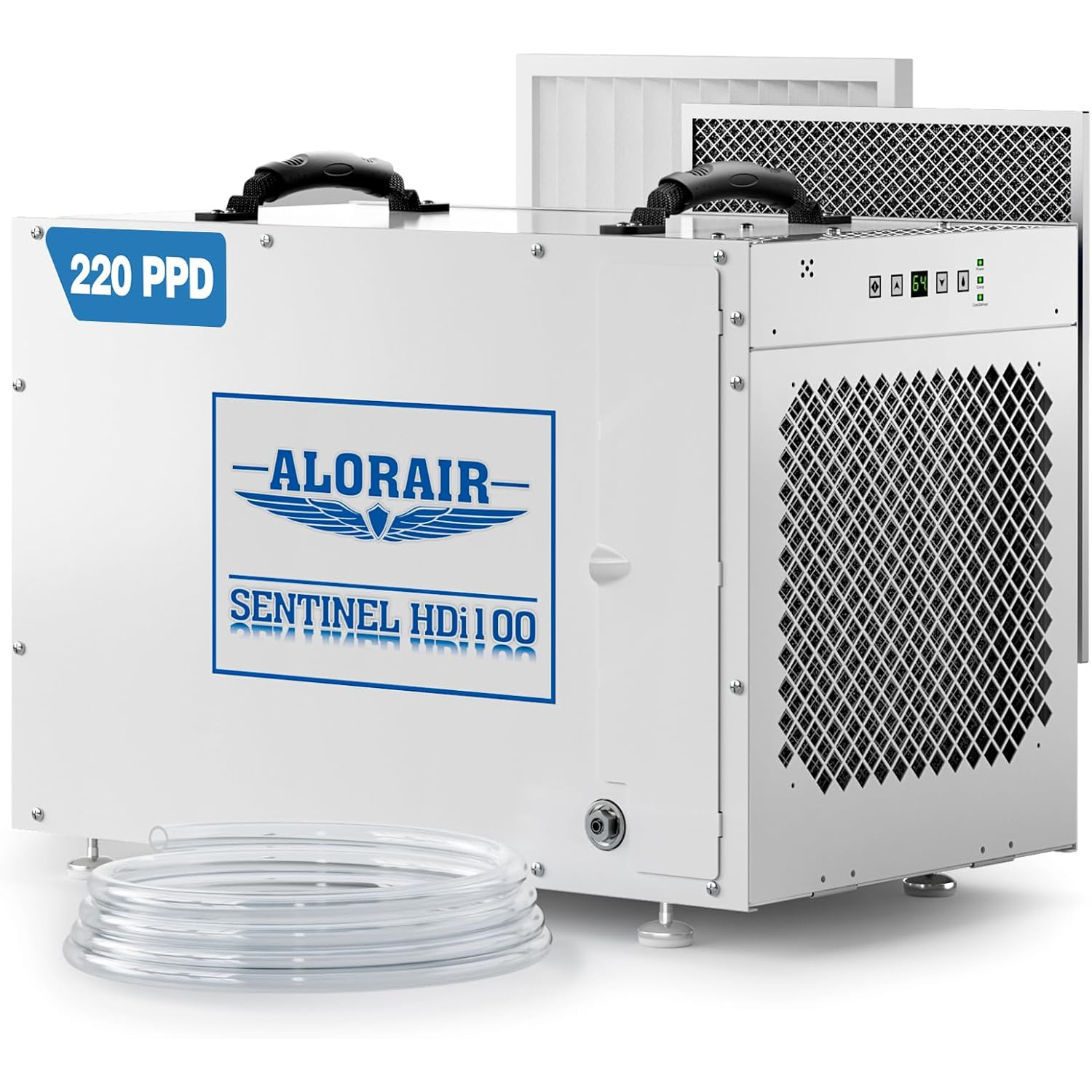
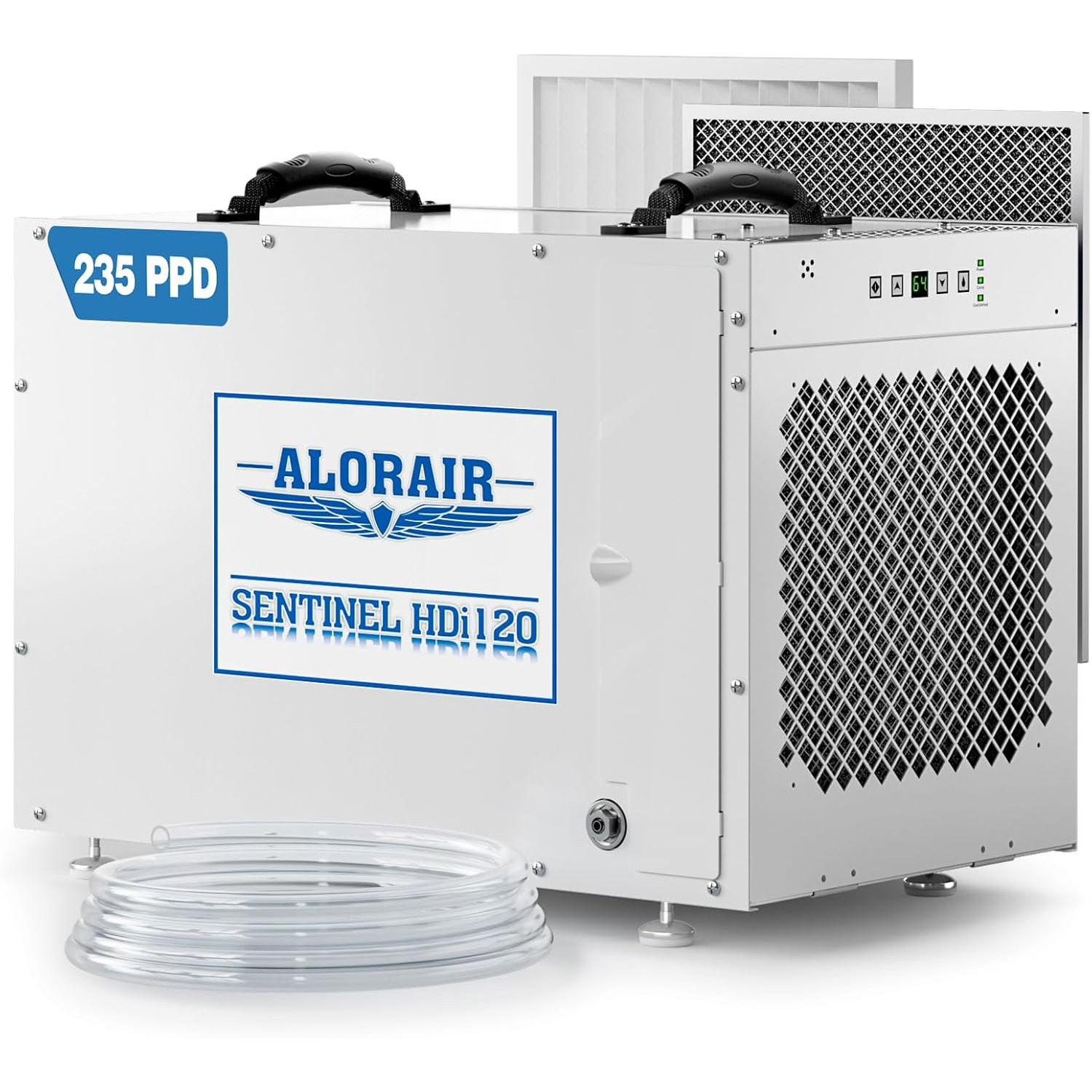
.jpg)
.jpg)
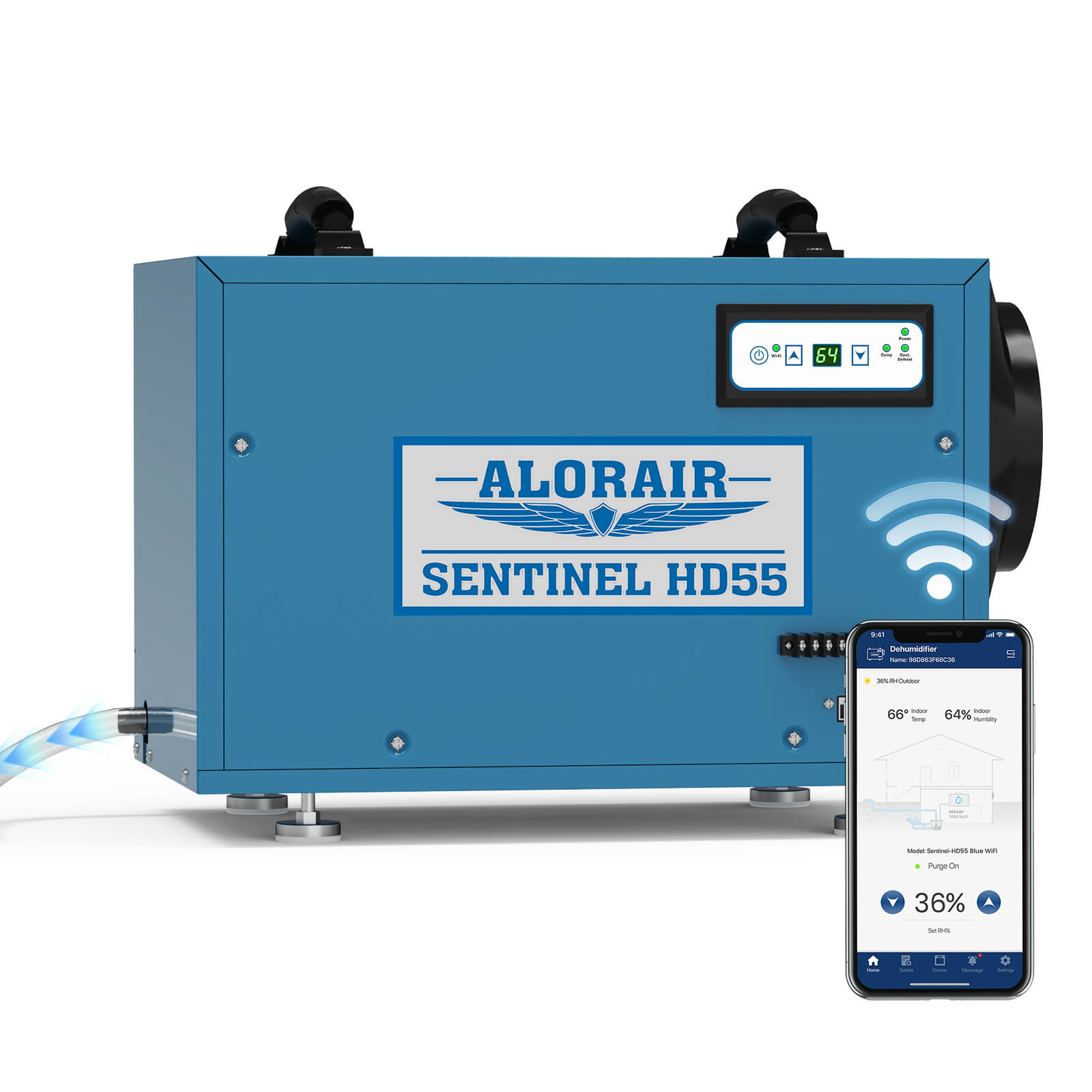
.jpg)

.jpg)





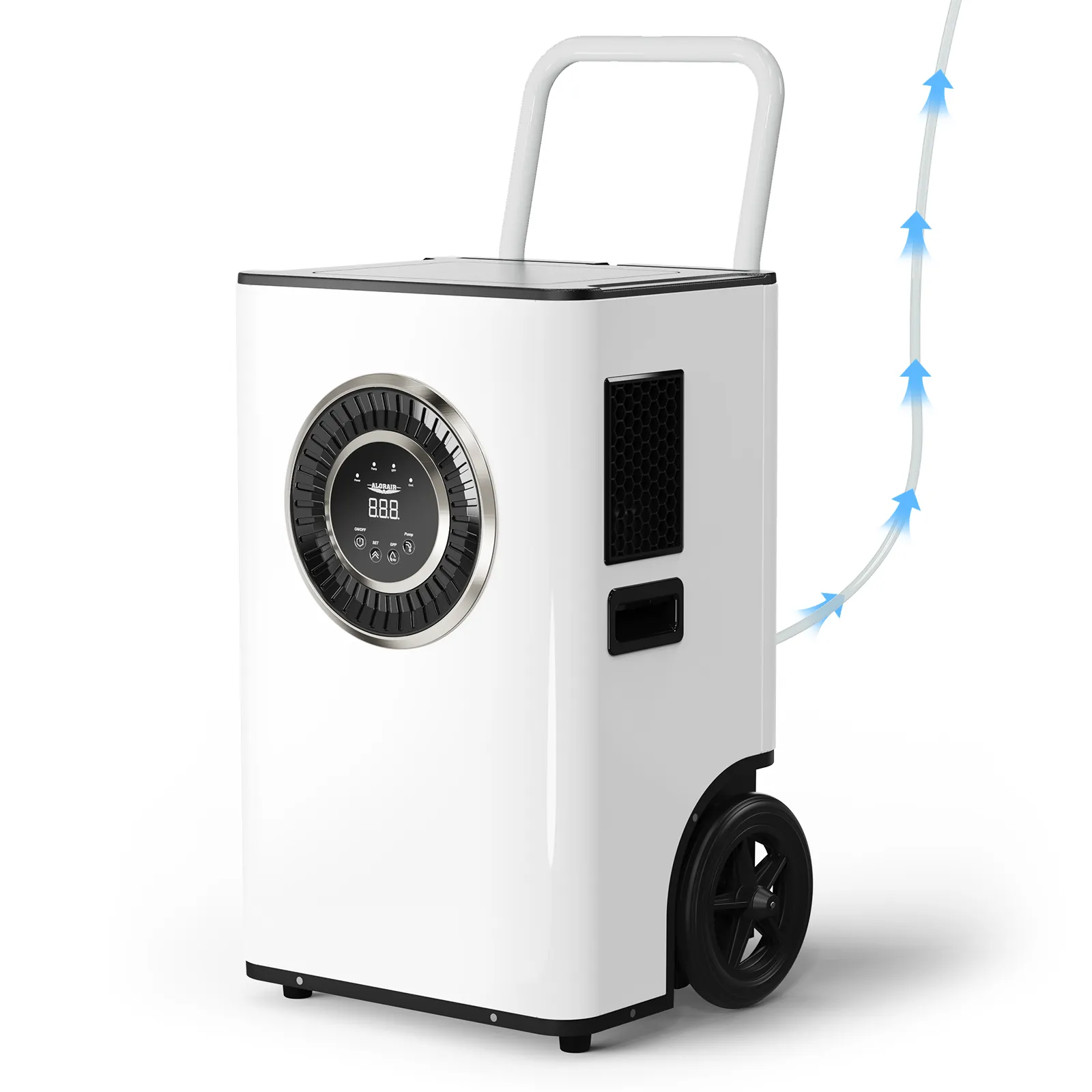
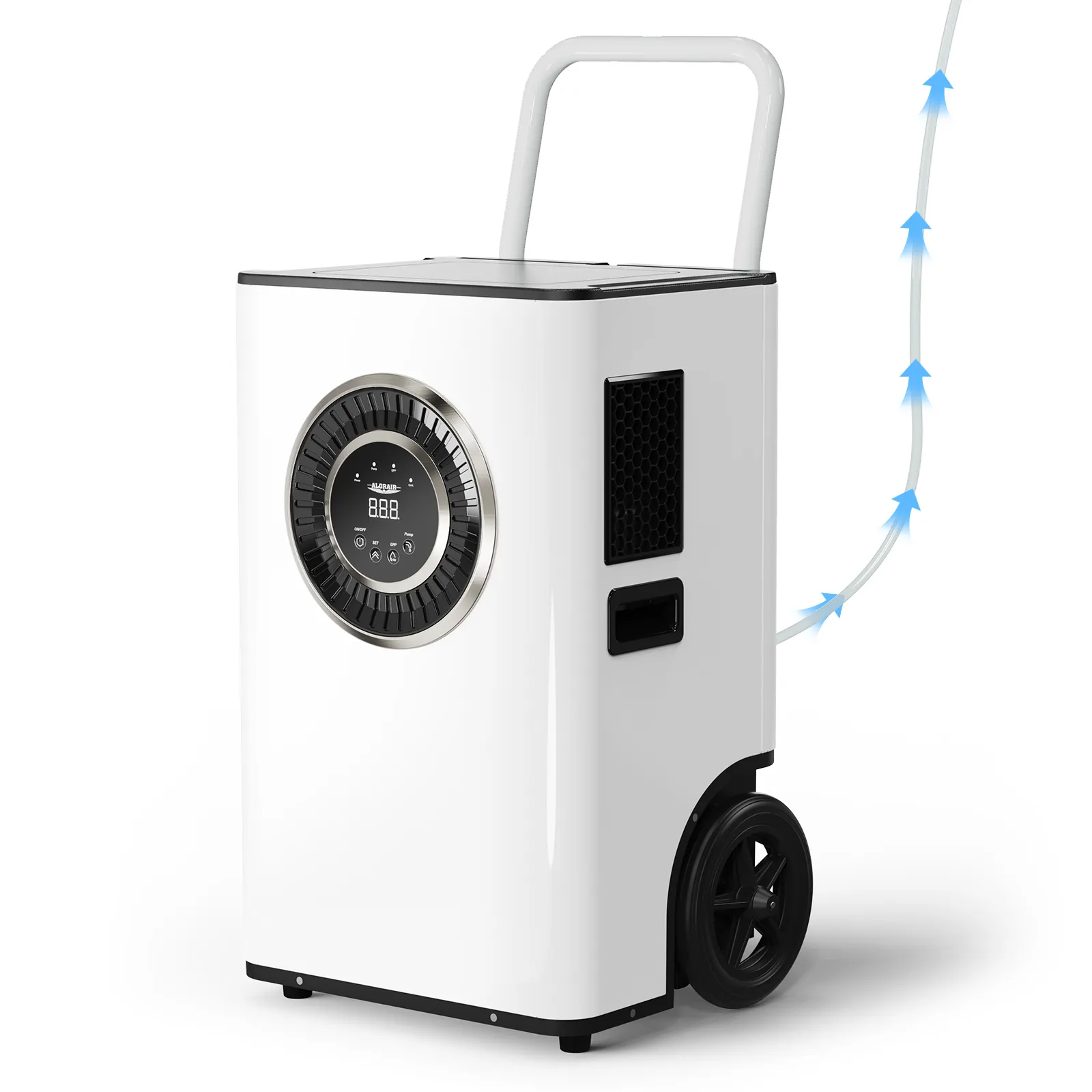

.jpg)
.jpg)
.jpg)
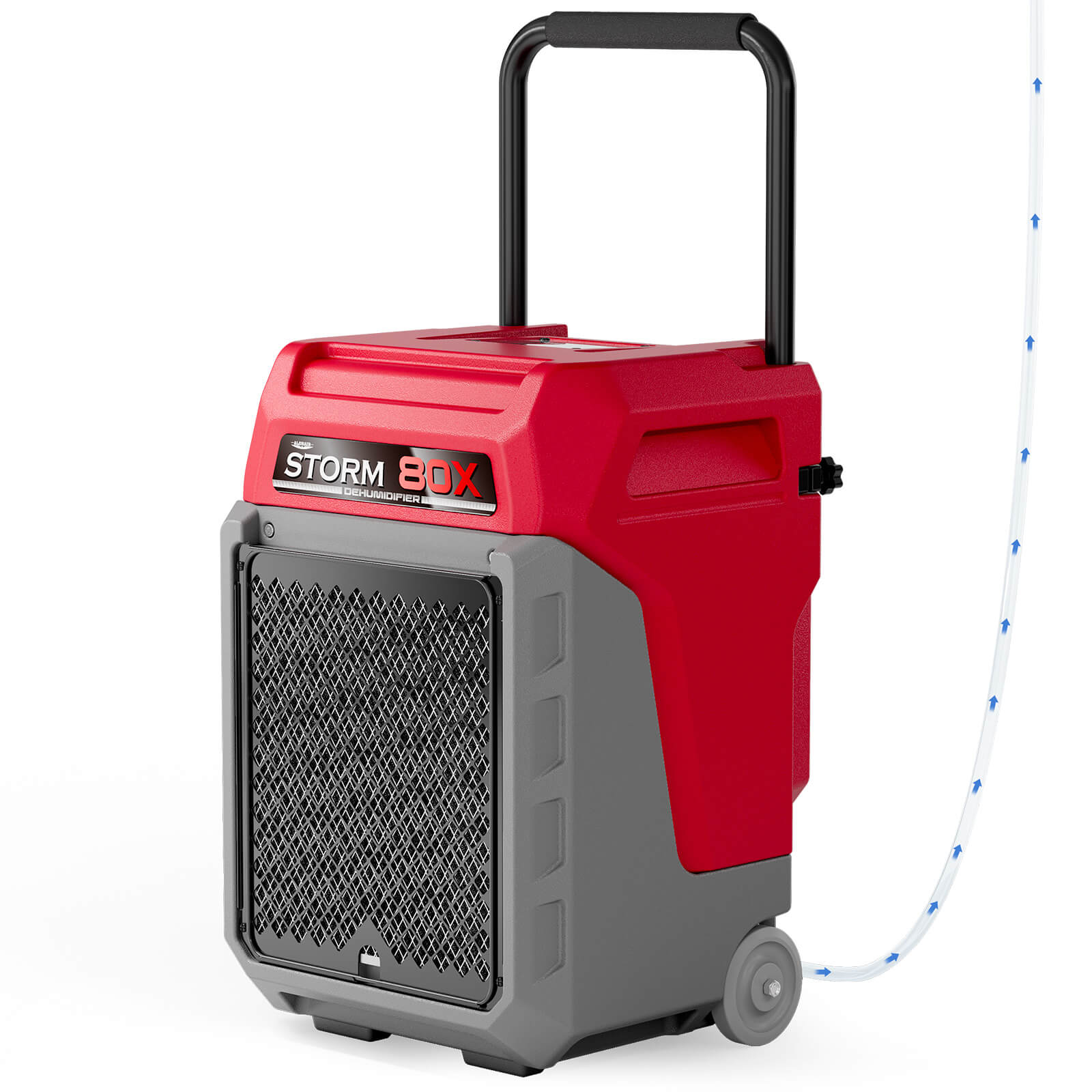

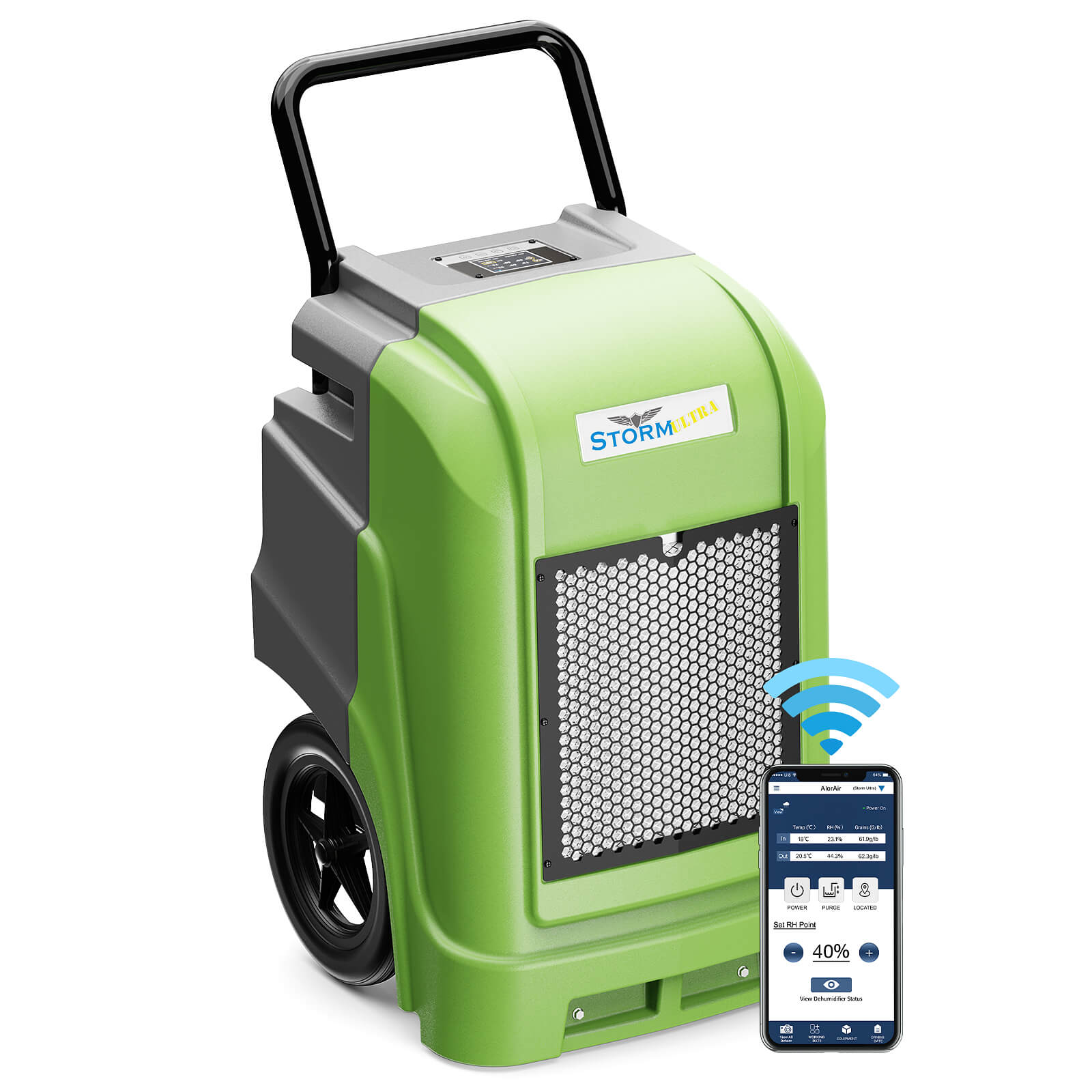
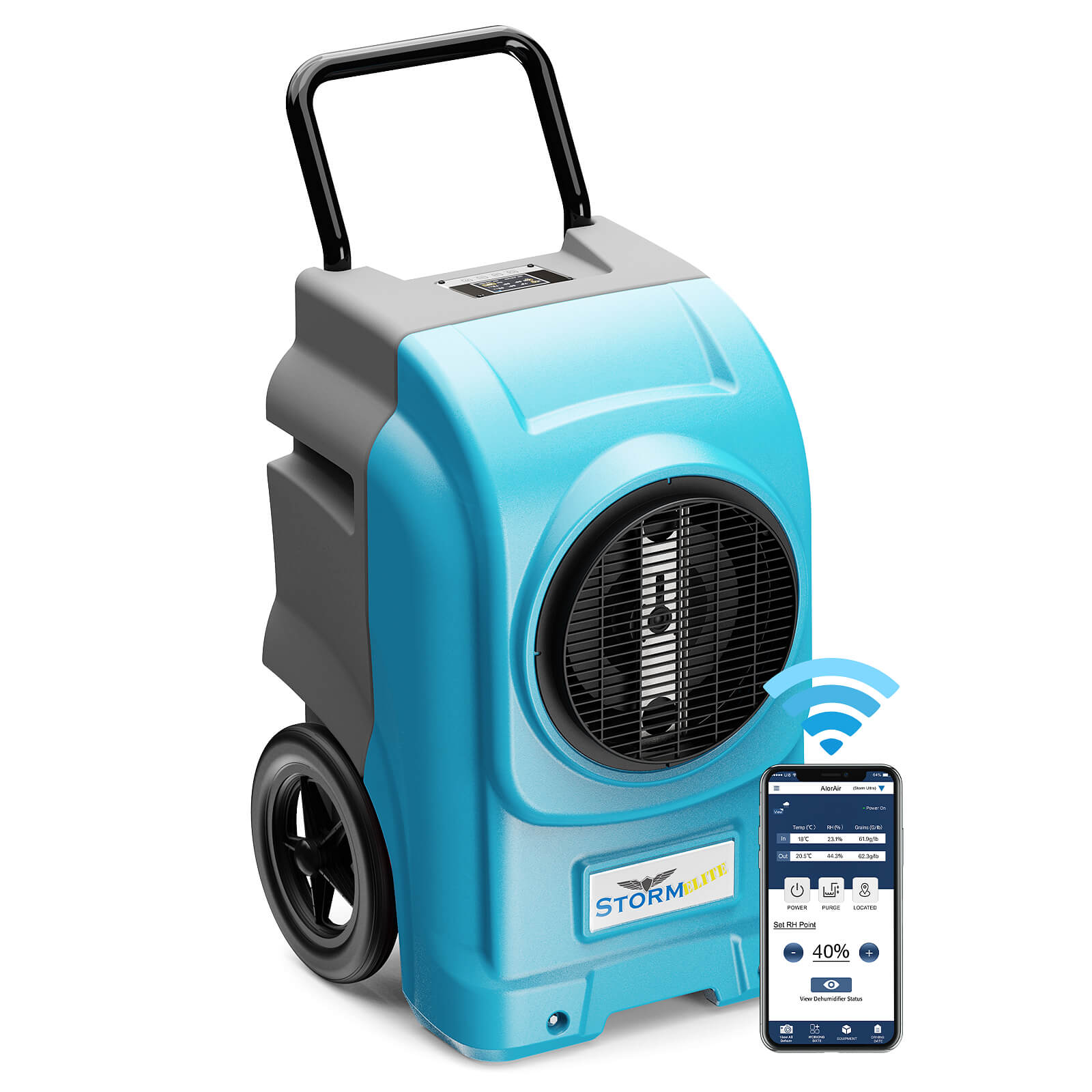
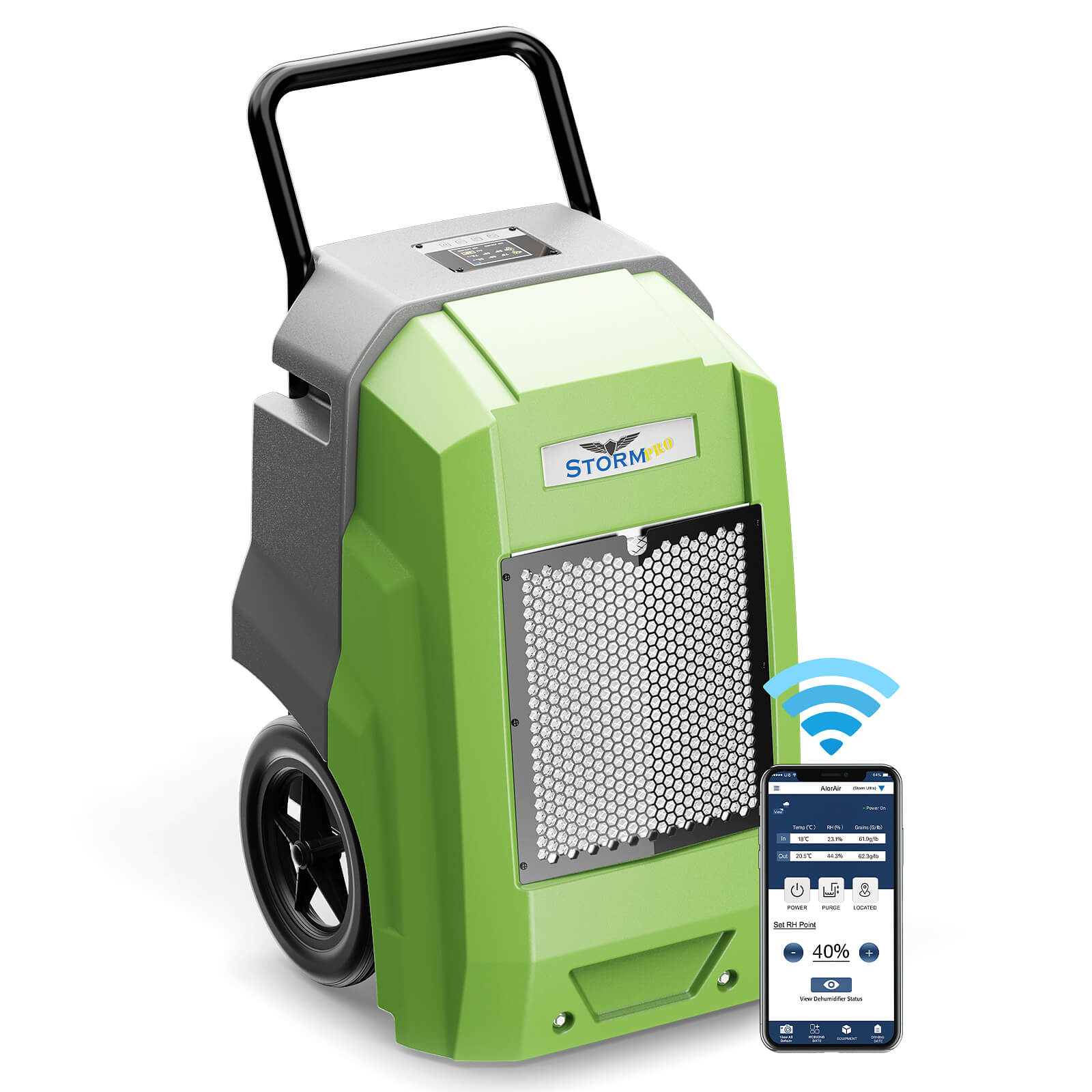
.jpg)
.jpg)
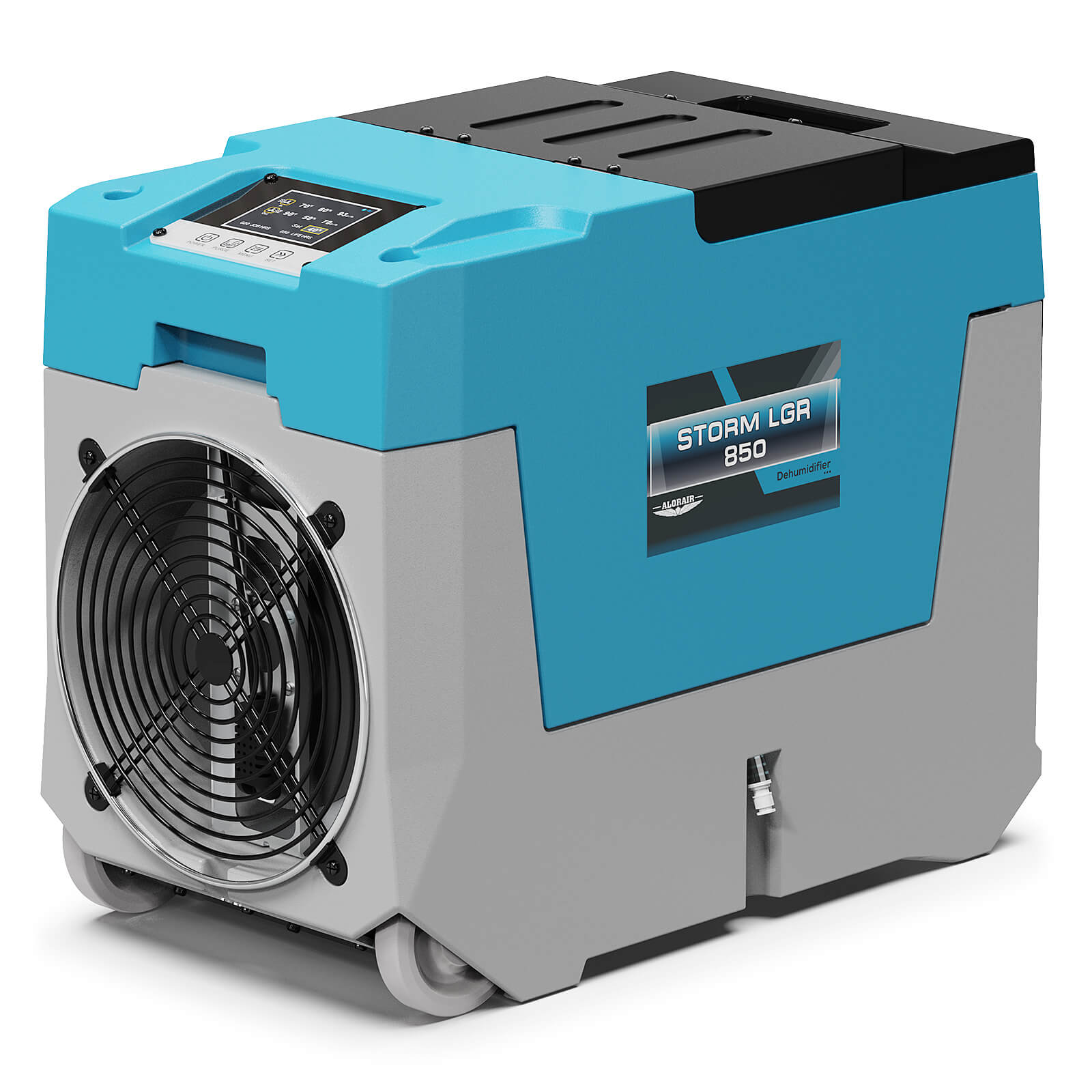
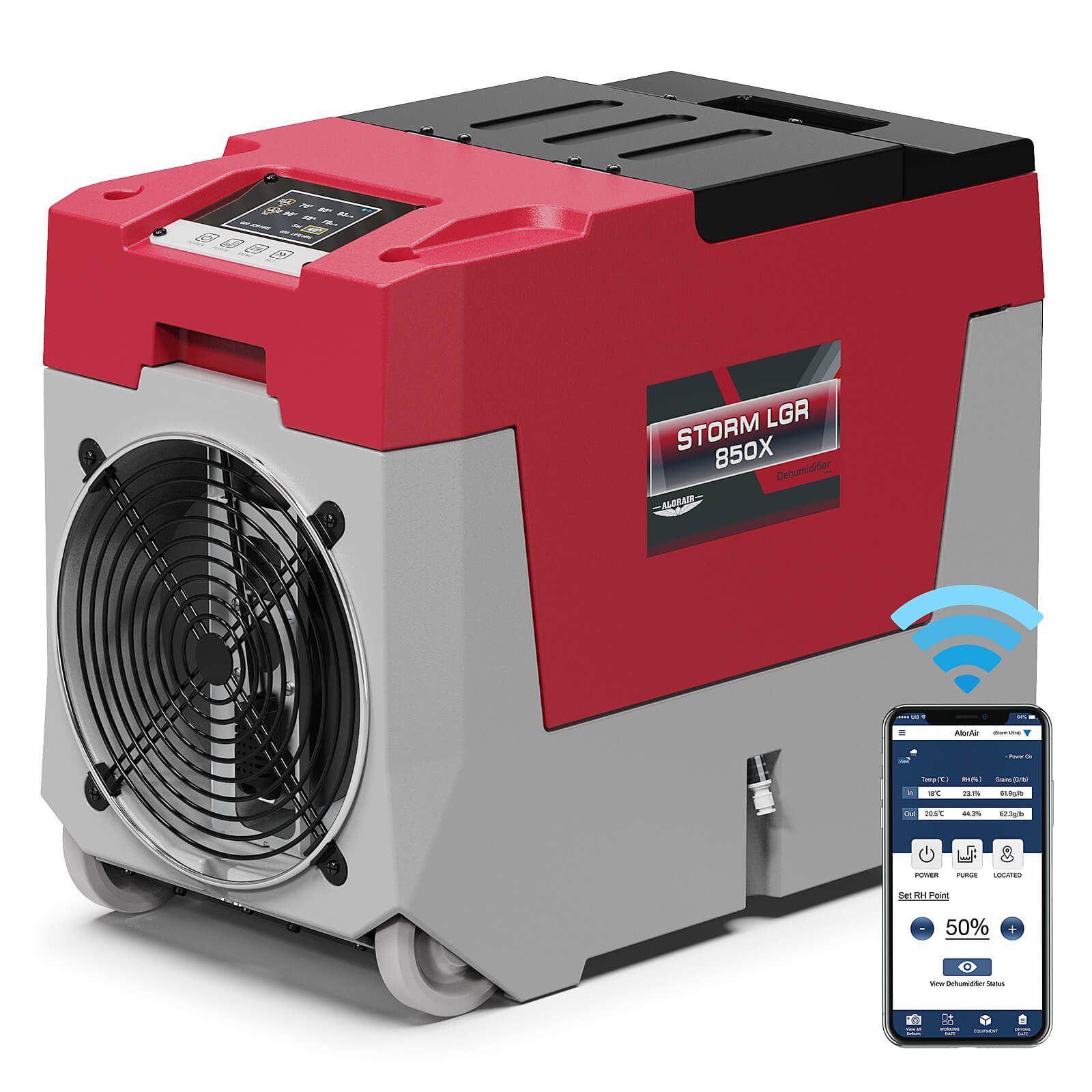


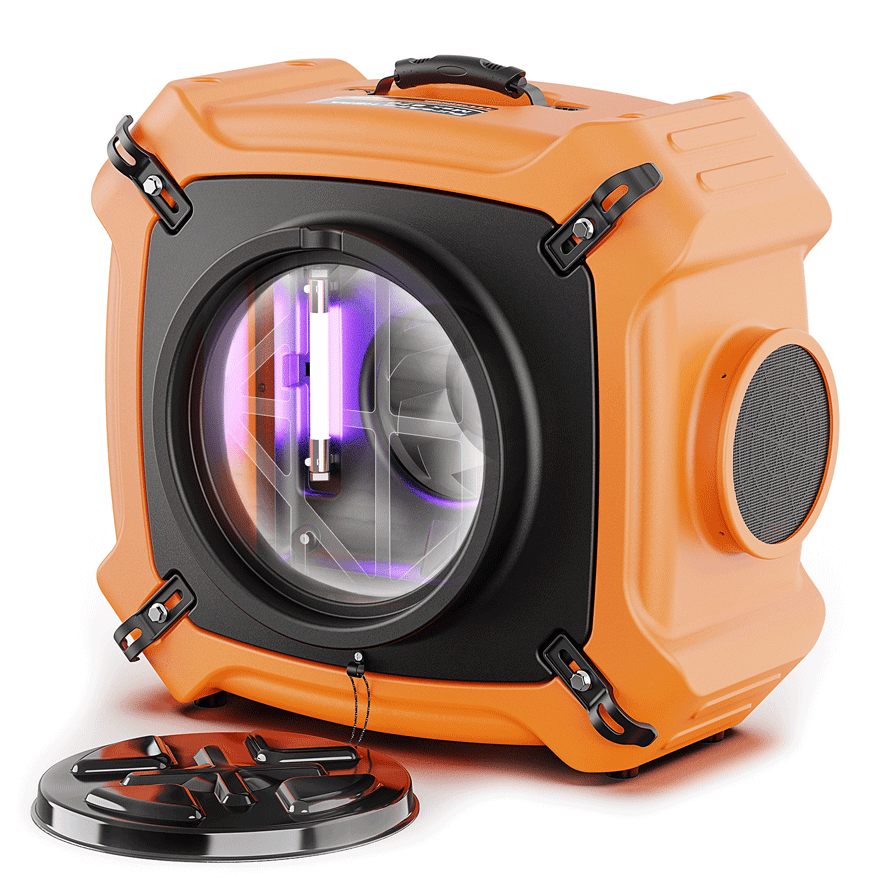
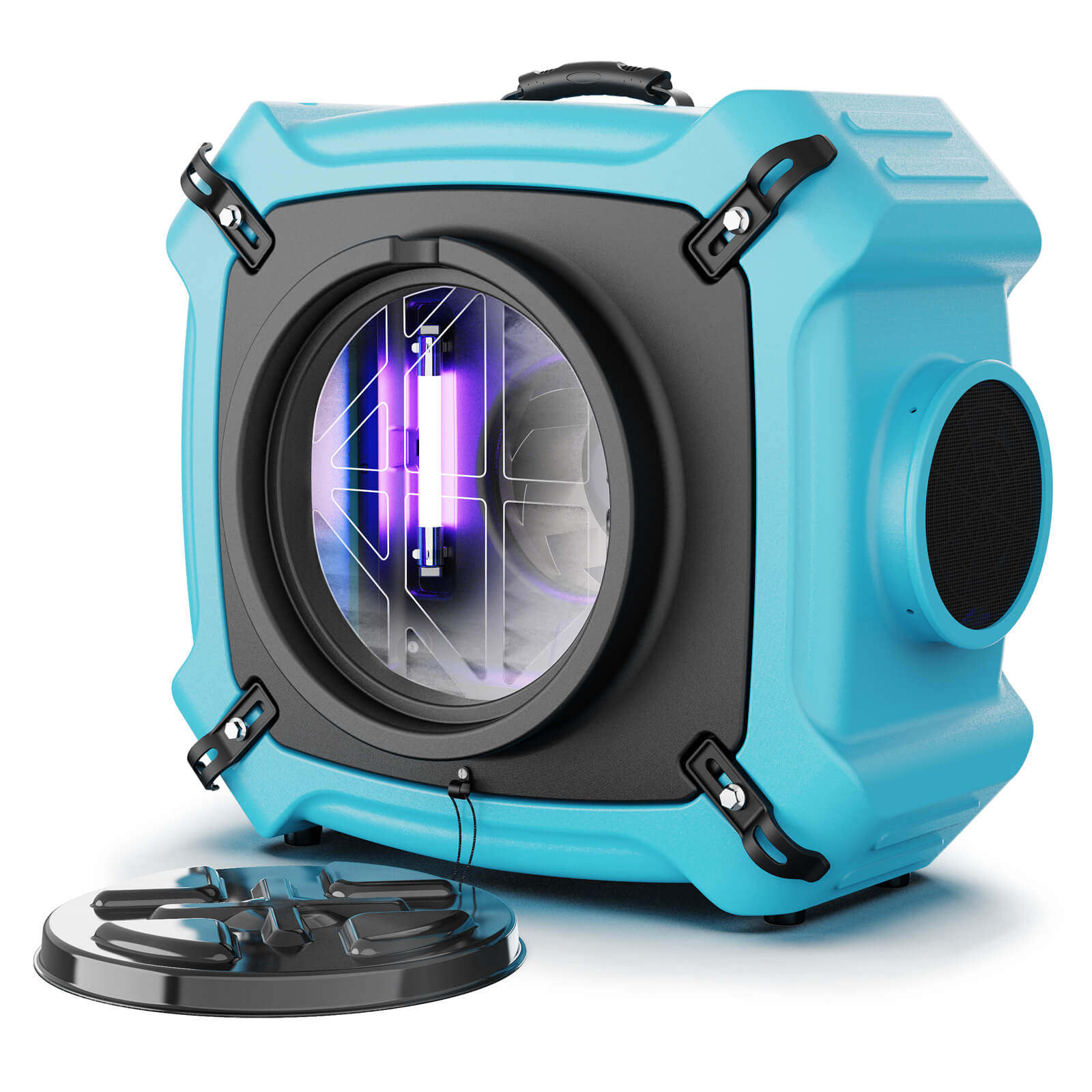
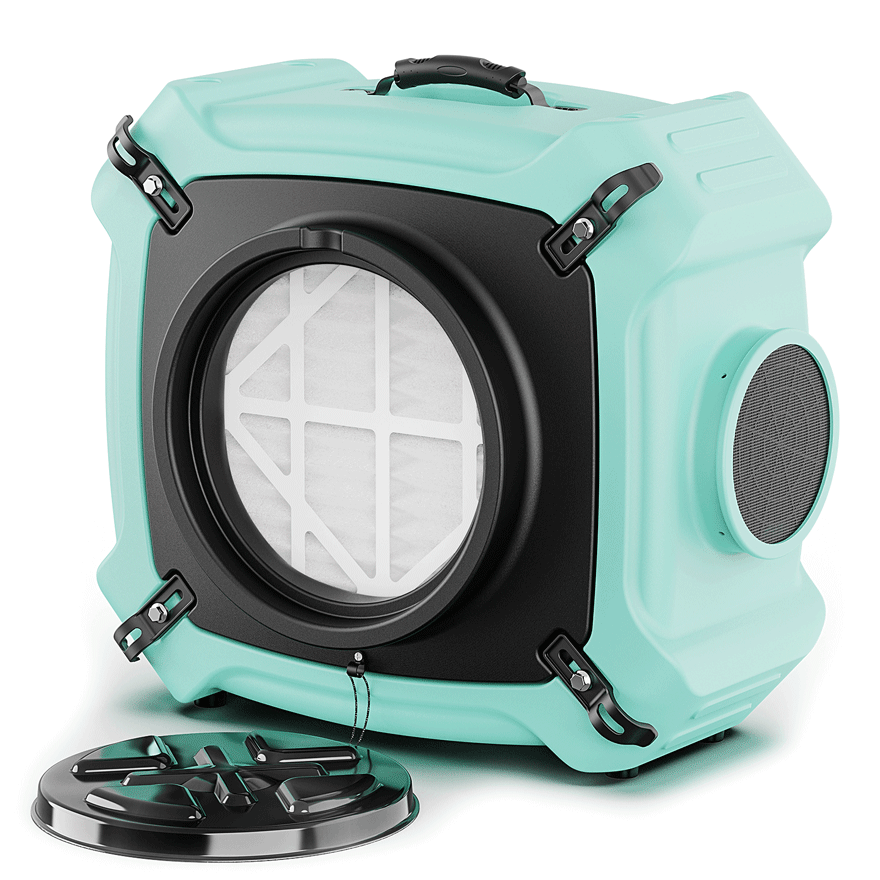


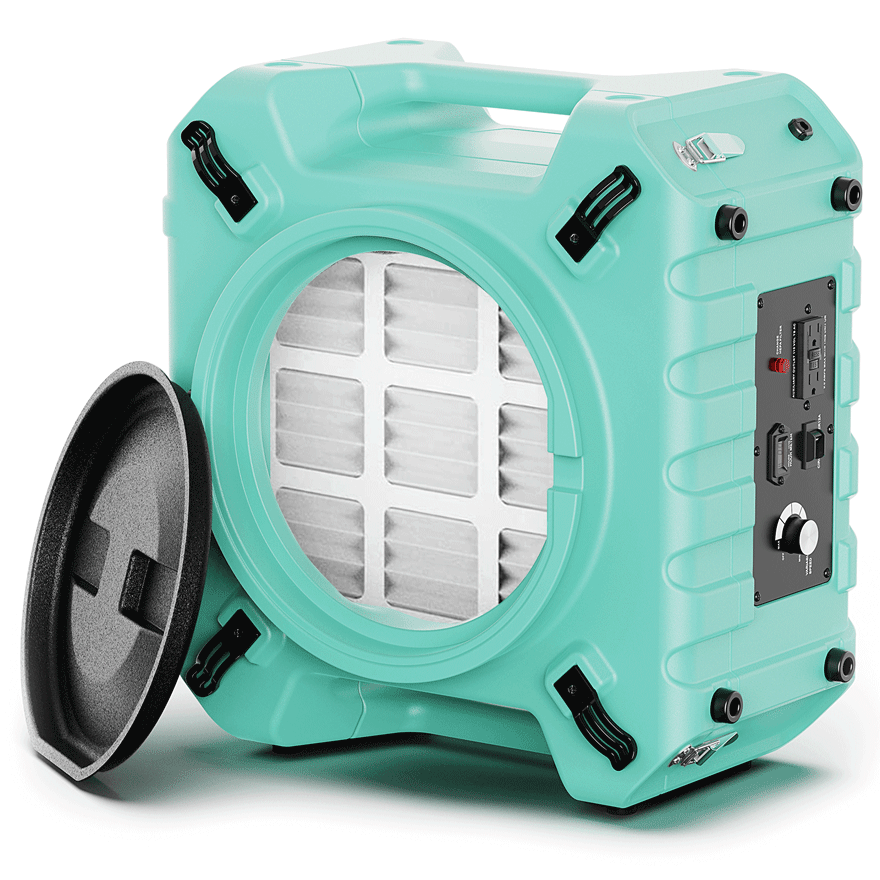

.jpg)
.jpg)
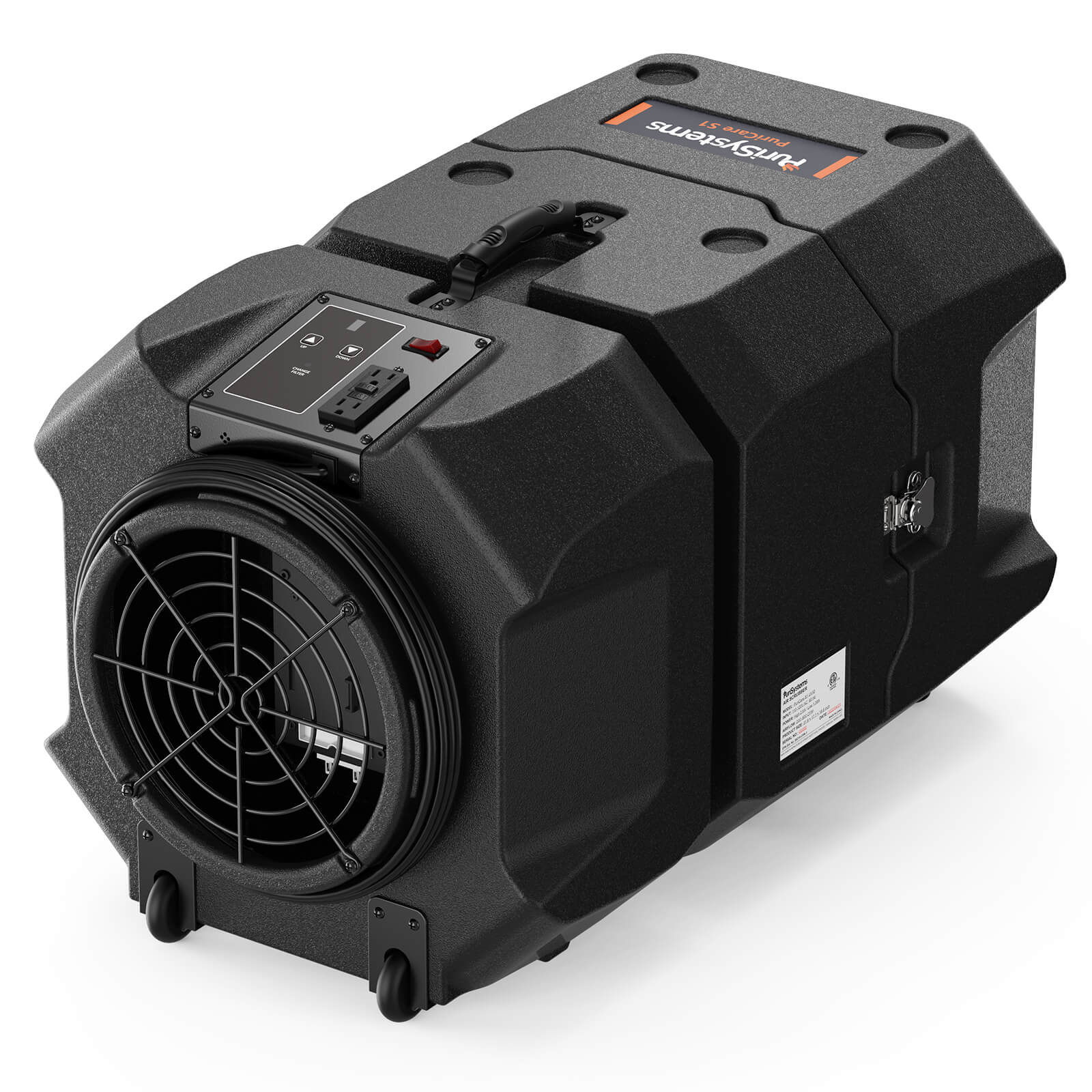




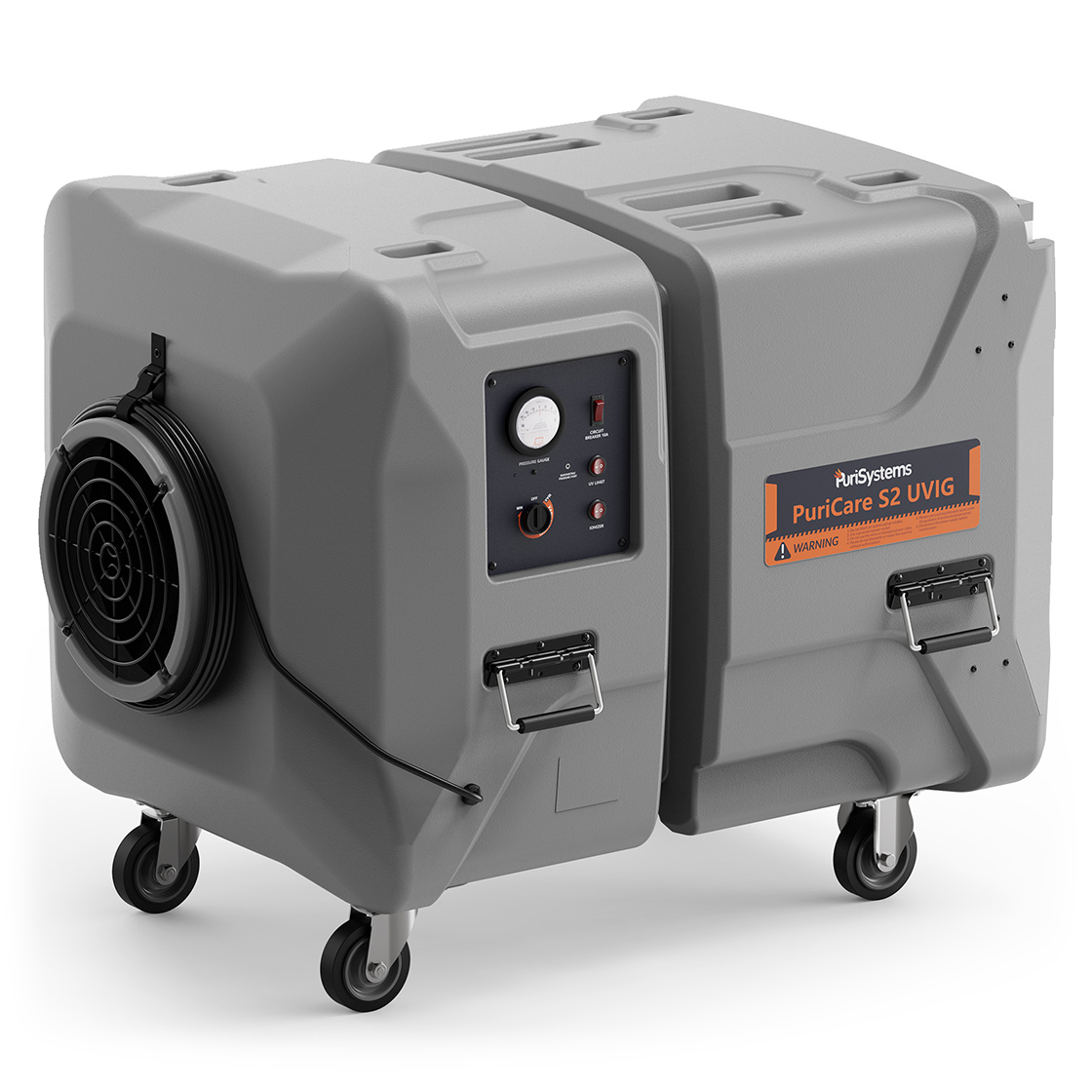

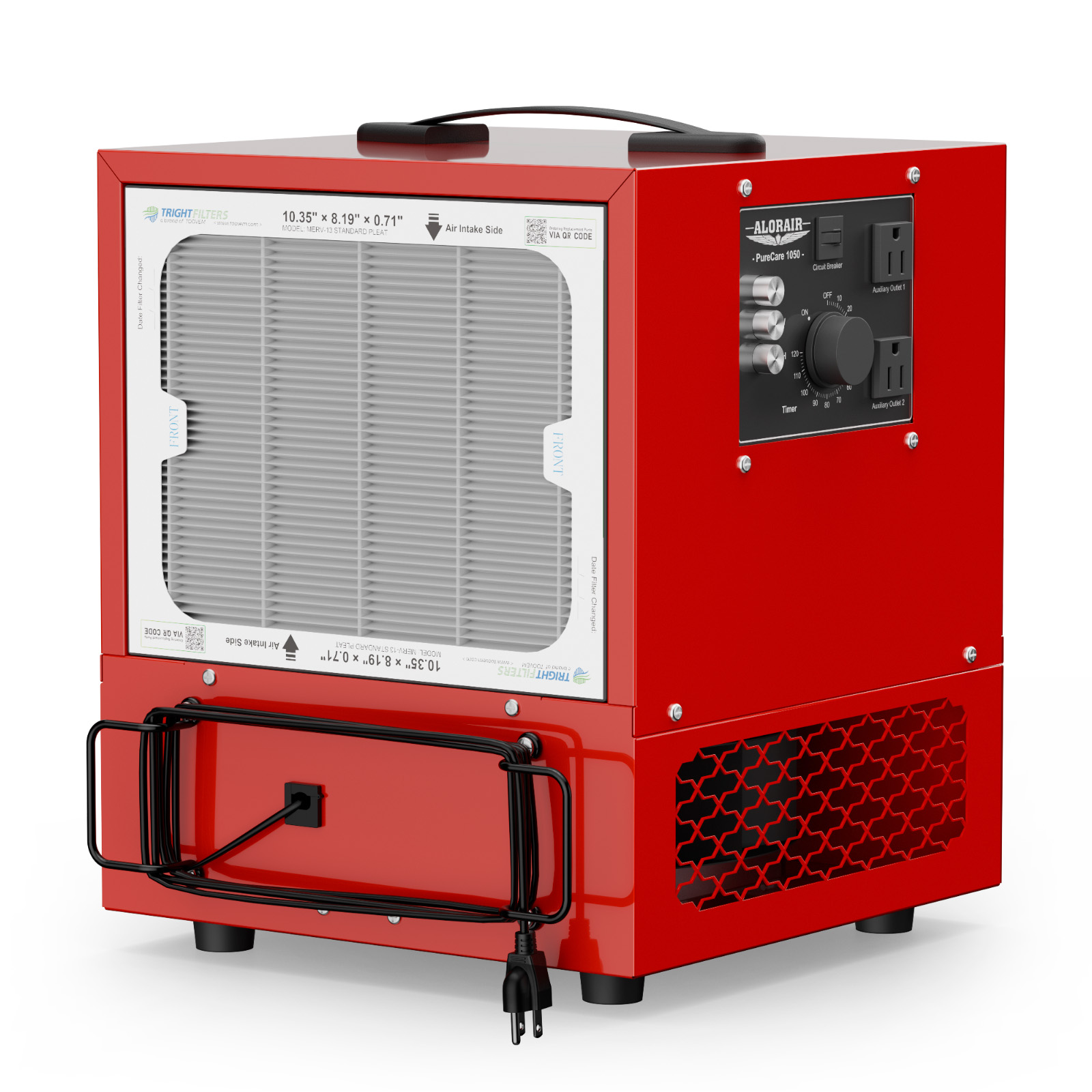
.jpg)
.jpg)
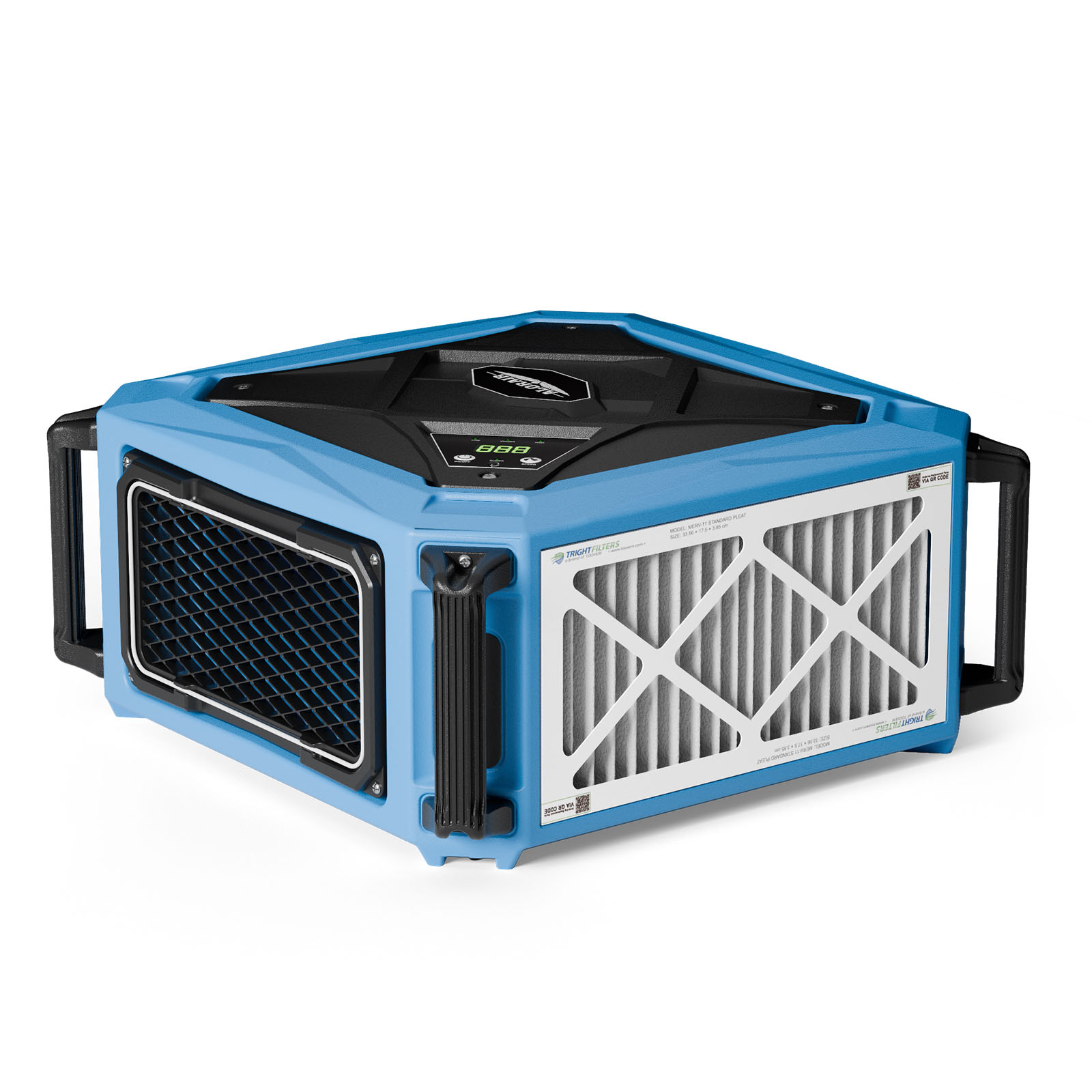

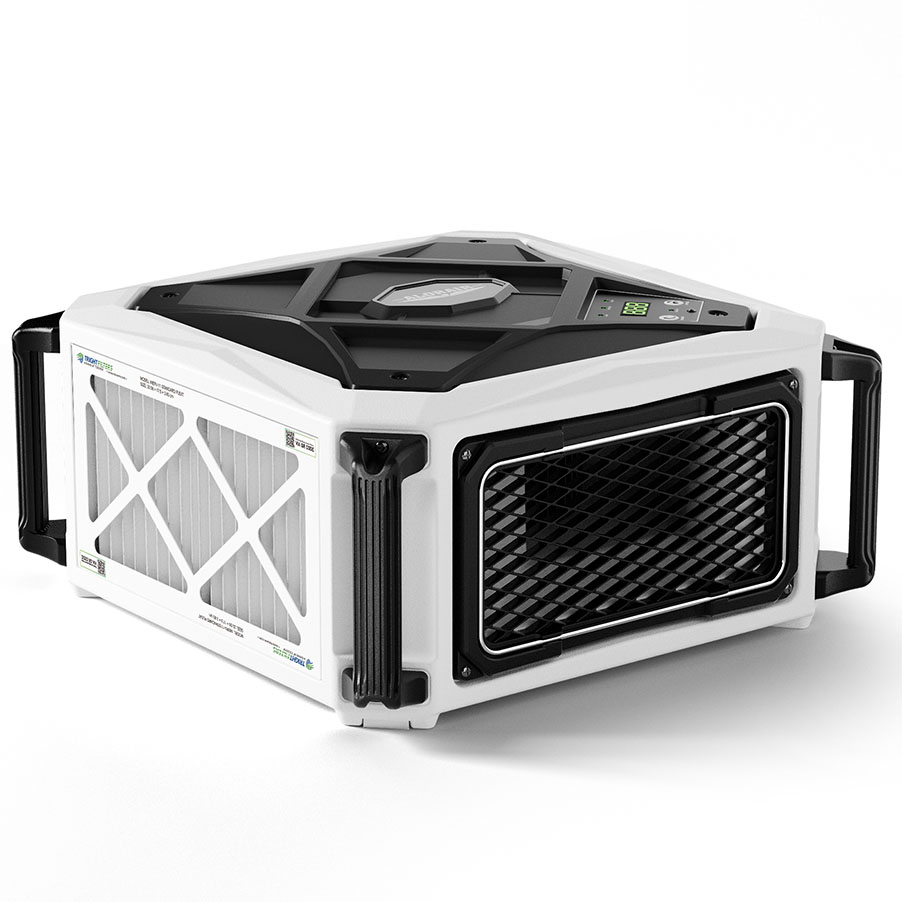
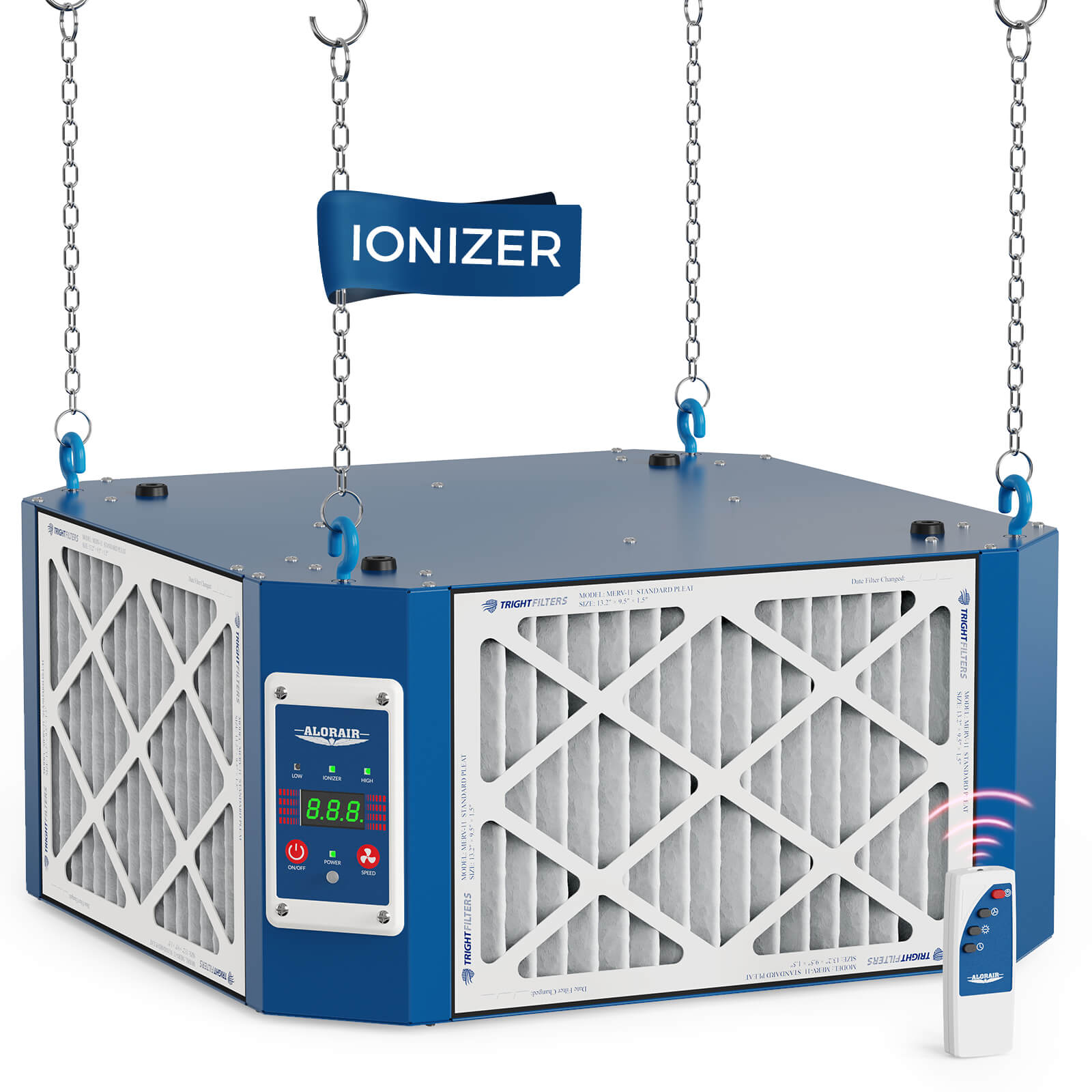
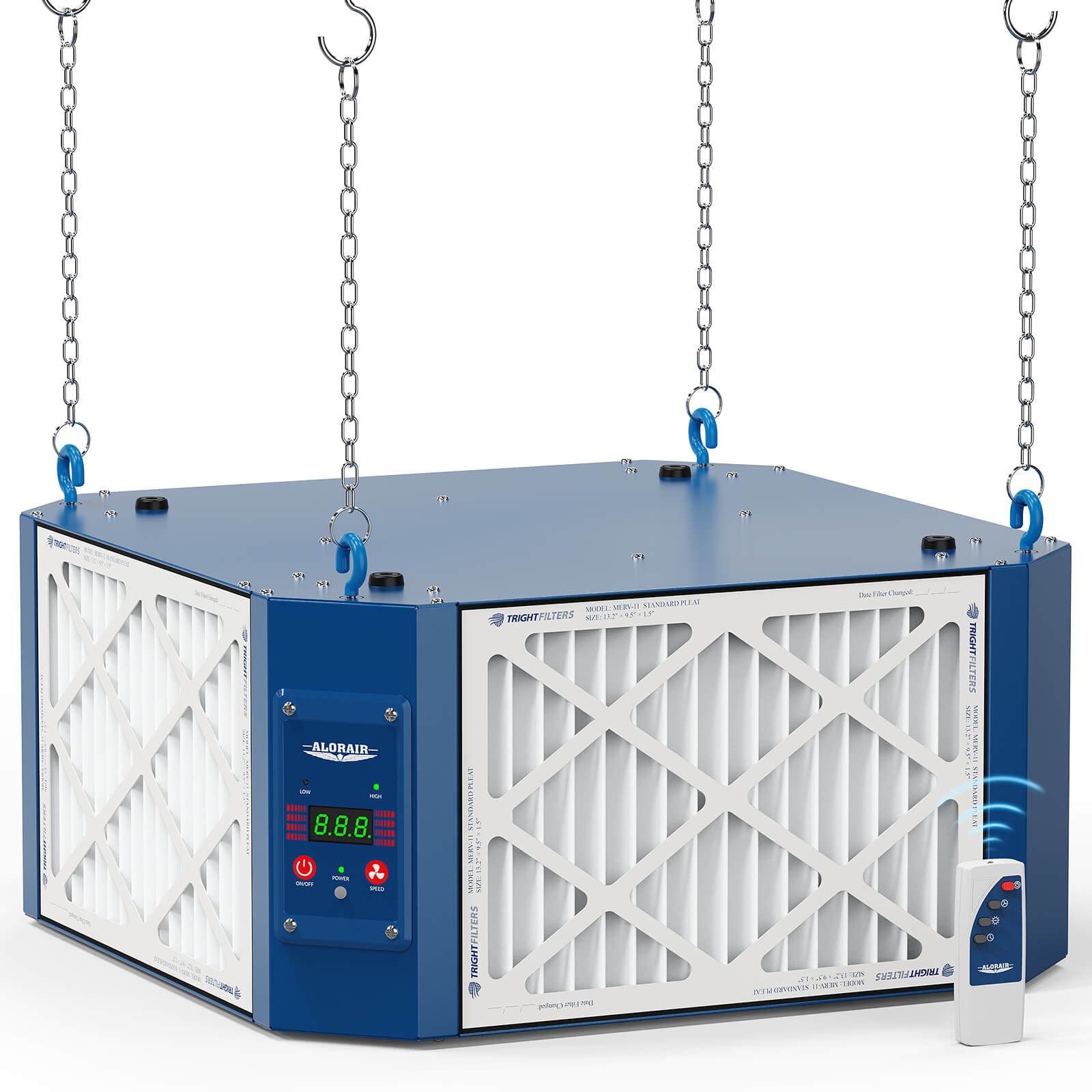
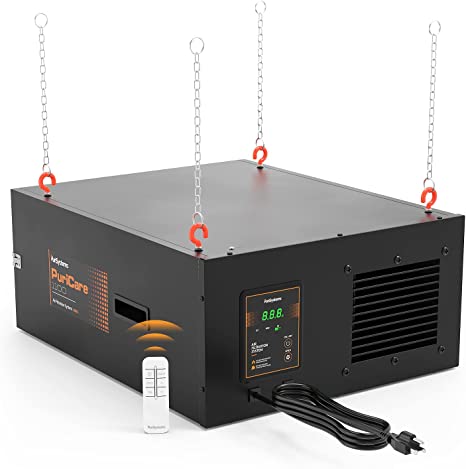

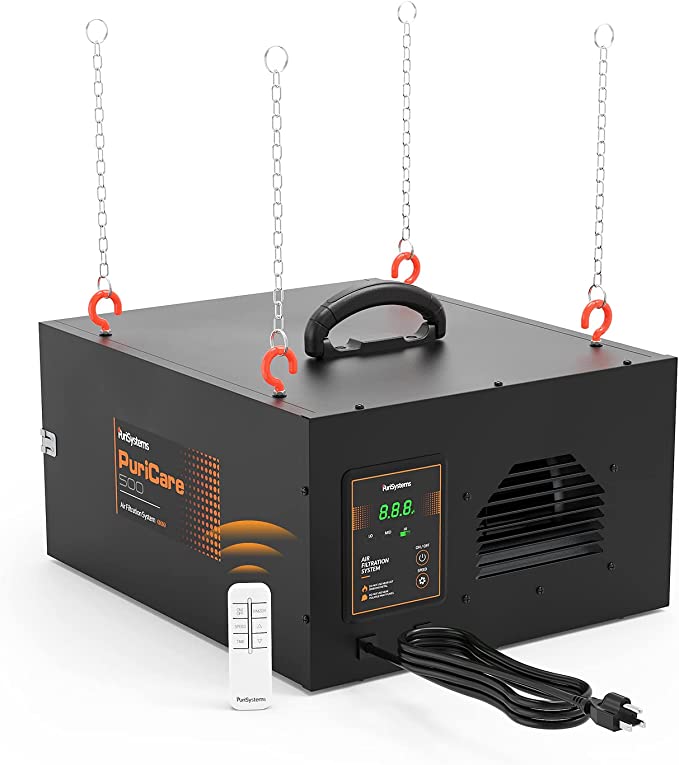


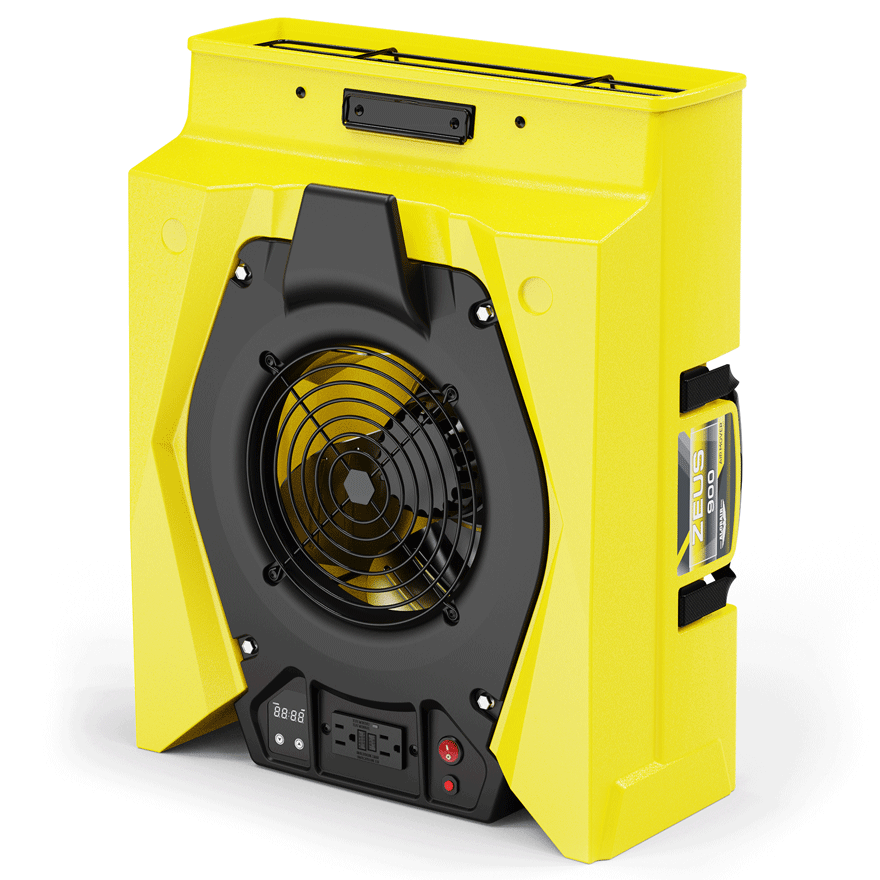

.webp)
.webp)
.webp)
.webp)
.jpg)
.jpg)
.jpg)
.jpg)
.jpg)
.jpg)
.jpg)
.jpg)
.jpg)
.jpg)
.jpg)
.jpg)
.jpg)


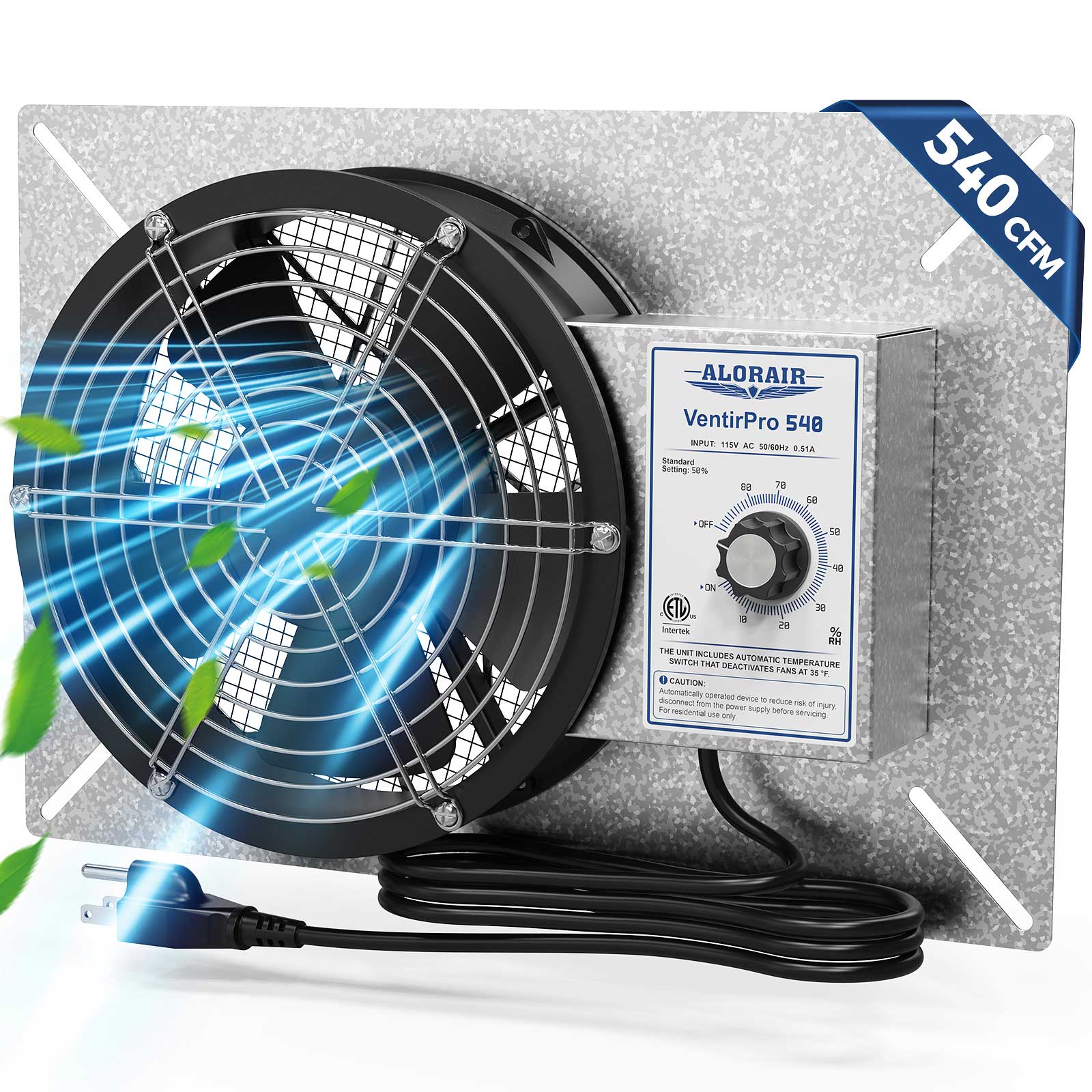

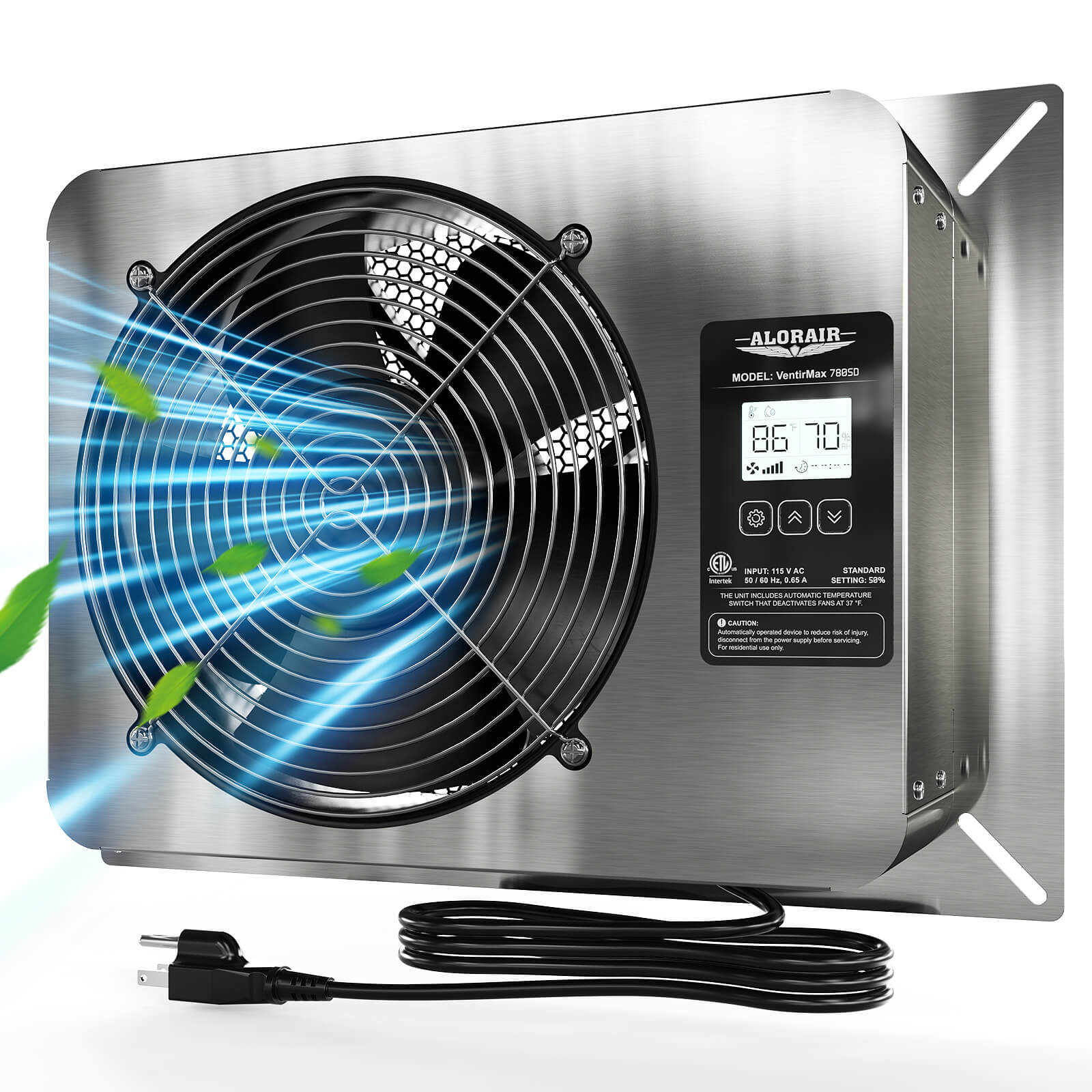
.jpg)
.jpg)


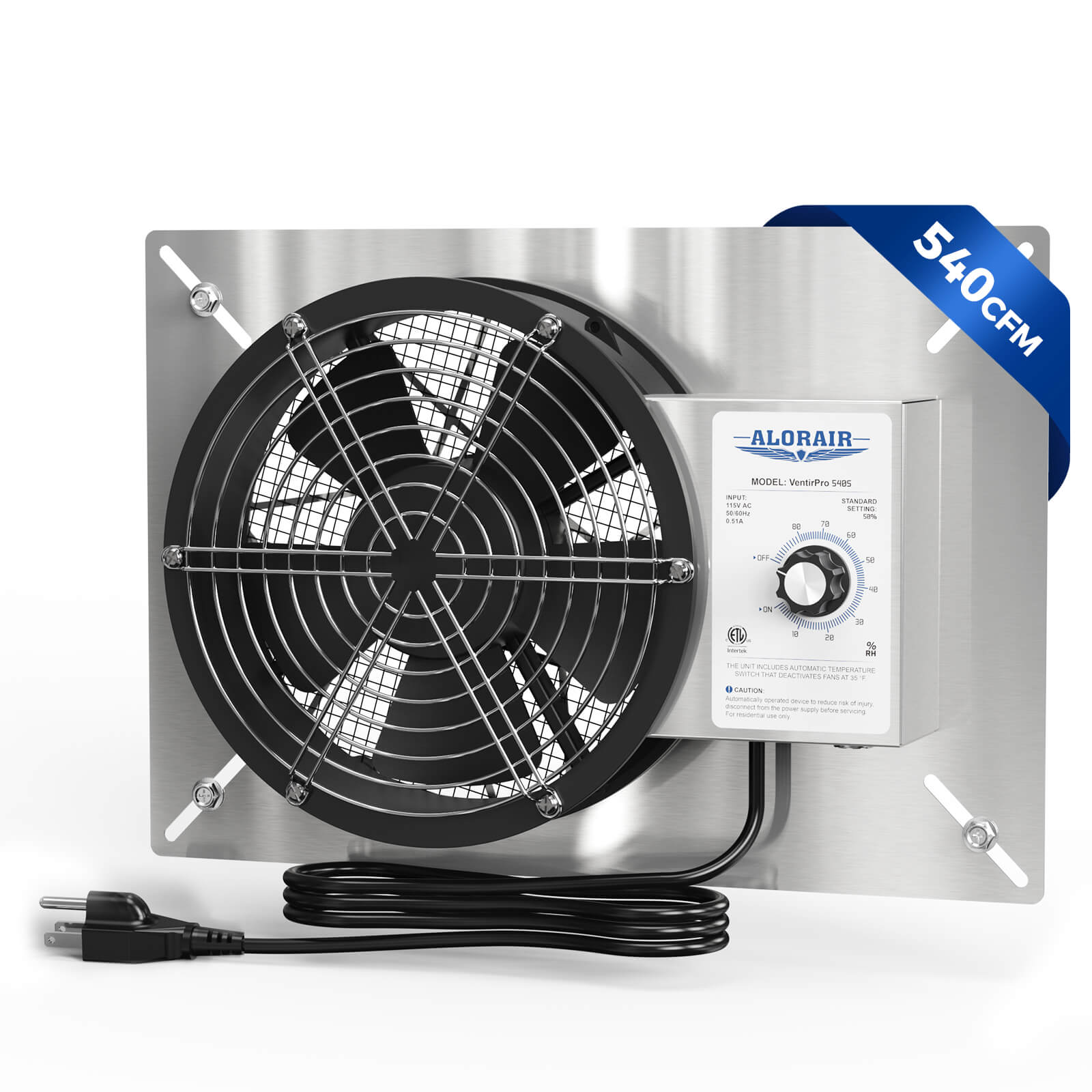

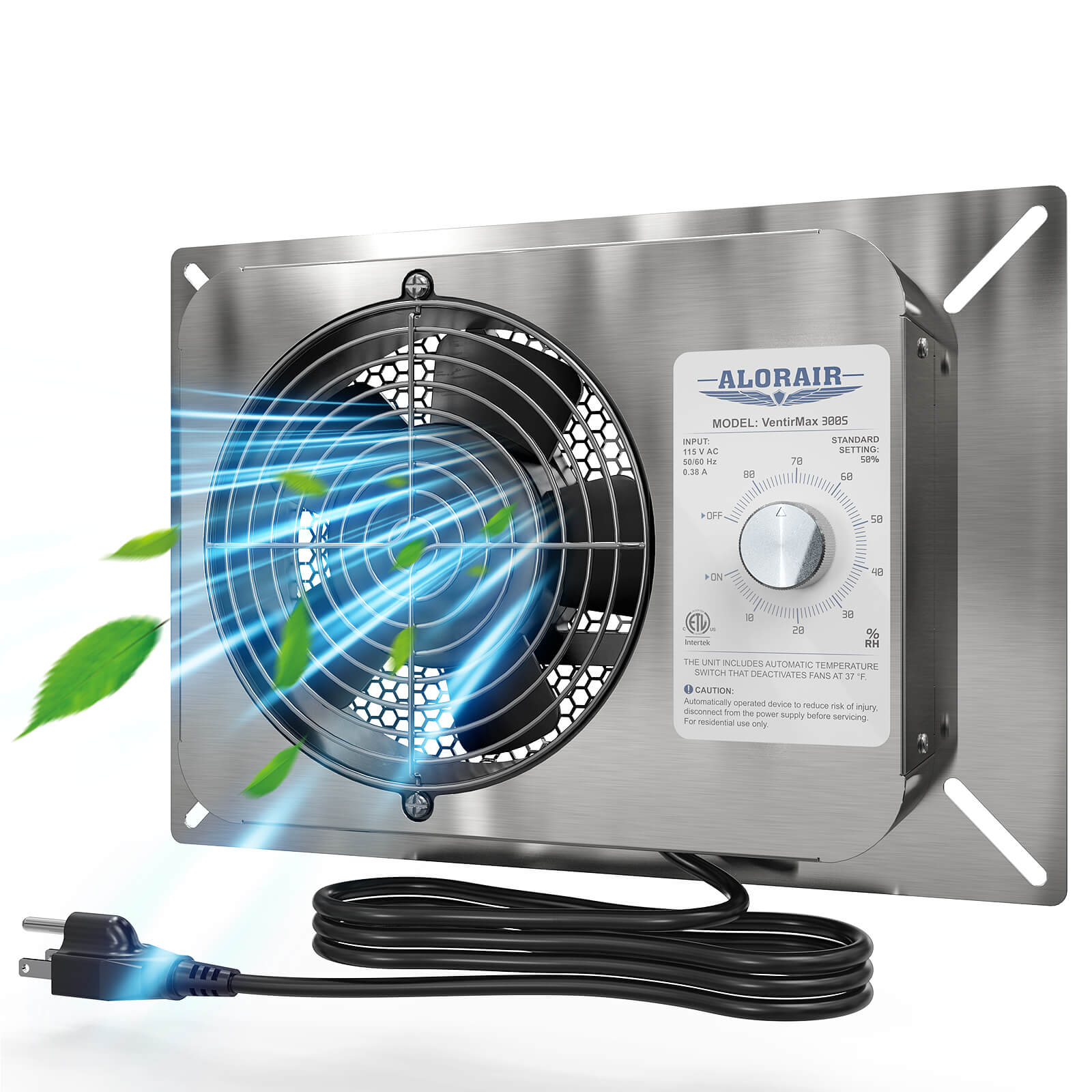


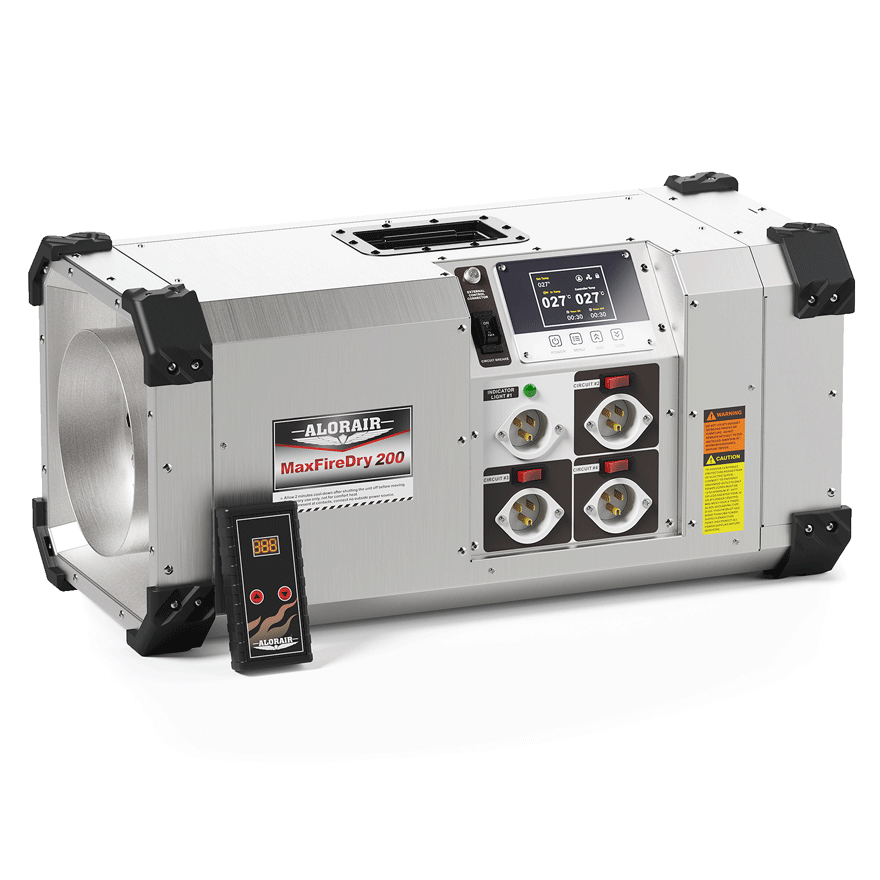






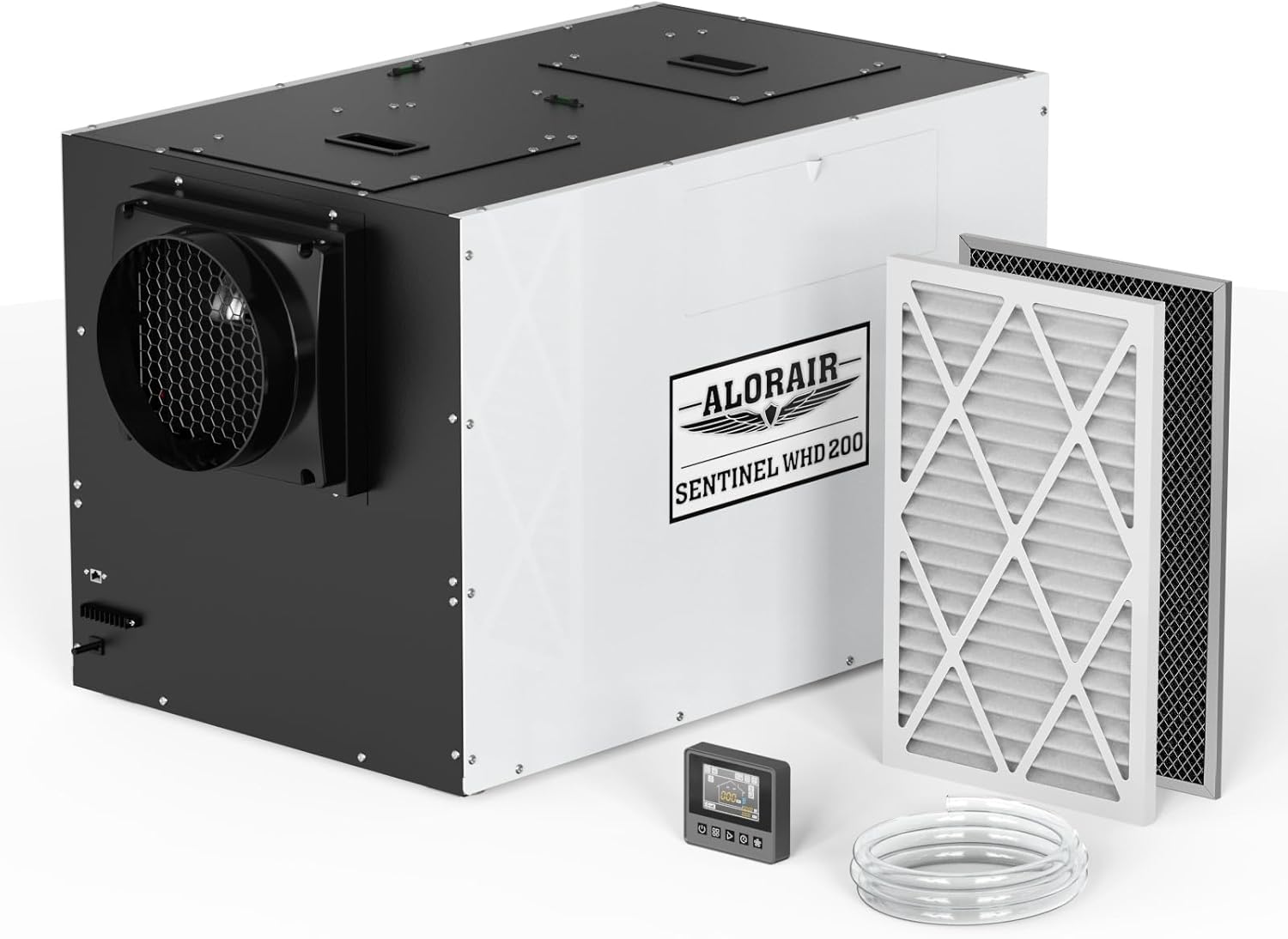
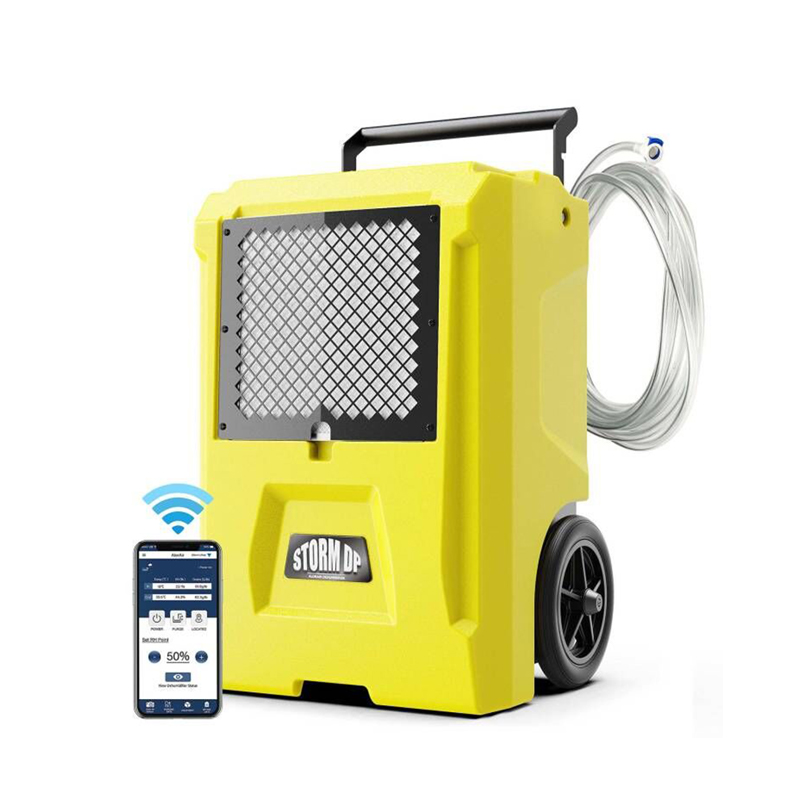
-.jpg)
.jpg)

.jpg)
.jpg)


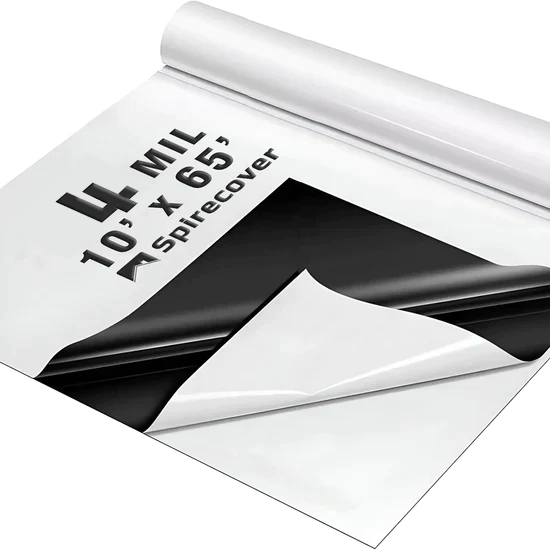
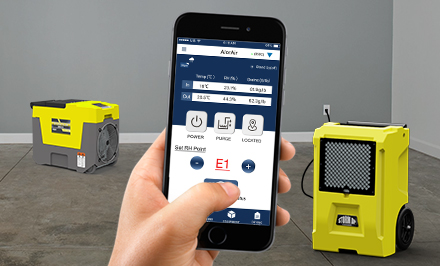
























 Exclusive offers
promotions
Exclusive offers
promotions

